Survey at a Glance:
The PowerReviews Ever-Growing Power of Reviews report is based on survey responses from 6,538 consumers across the United States. Key findings include:
- Today, more than 99.9% of consumers say they read reviews when shopping online at least sometimes. In 2018, this number was 97%.
- Over half (57%) of shoppers read reviews while shopping in brick-and-mortar stores to assess potential purchases.
- 98% of consumers feel that reviews are an essential resource when making purchase decisions, up from 89% in 2018.
- Ratings and reviews have become the most important factor impacting purchase decisions, ranking above price, free shipping, brand and recommendations from family and friends. In similar surveys we fielded in 2014 and 2018, price was the most important factor.
- 79% of consumers specifically seek out websites with product reviews, up from 63% in 2018. Millennials are the generation most likely to seek out websites with product reviews — 85% do so.
- The most popular places for shoppers to read reviews include Amazon (95%) retailer websites (93%), brand websites (68%) and search engines (65%).
- 77% of consumers say the average star rating is an element they consider when reading reviews. But 52% don’t trust star ratings without accompanying review content.
- The greatest portion of consumers (53%) read between one and 10 reviews. Yet 68% say that in an ideal world, a product would have 26 or more reviews.
- 71% consider recency when reading reviews. The biggest portion of shoppers (34%) look for reviews for a product that are between a week and a month old. A quarter look for reviews that are between one to three months old.
- 96% of consumers specifically look for negative reviews at least sometimes. In 2018, that number was 85%.
- Over half (52%) of shoppers specifically seek out one-star reviews. This number is even higher — 60% — among Millennial shoppers.
- 46% of shoppers are suspicious of products with an average star rating of five out of five. This number is even higher — 53% — among Gen Z shoppers.
Contents

Reviews are Ubiquitous
In the long history of commerce, reviews are a fairly new concept. But it’s one that’s certainly caught on quickly.
Today, it’s common for consumers to consult reviews when they’re shopping for products, looking for restaurants, weighing their options for their next vacation, or even selecting a care provider for their child. And that’s just a few of the many scenarios in which people seek out reviews to guide decisions.
Consumer dependence on reviews continues to grow. When we surveyed consumers in 2018, we found that 97% consulted reviews — and 89% considered this content to be an essential component of the purchase journey.
Today, nearly all consumers — 99.9% — read reviews, and 98% consider them to be essential. That’s because reviews are an authentic, unbiased source of information that empowers shoppers to make informed purchase decisions.
For Businesses, Reviews are no Longer Optional
A growing number of consumers value reviews. As such, brands and retailers must make it a priority to provide easy access to this content. In fact, according to Forrester, reviews have become table stakes.

There’s a big upside for businesses that collect and display reviews. Our recent analysis of 1.5MM online product pages from more than 1,200 brand and retailer sites found that there’s a 120.3% lift in conversion when a shopper interacts with ratings and reviews on a product page.
If you don’t provide your shoppers with the content they seek, you risk losing customers — possibly for good. As you’ll see as you read through this report, a staggering 86% of online shoppers (and 51% of those who shop in-store) say they simply won’t buy products without reading reviews first.
It’s Time to Make Reviews an Integral Part of Your Business Strategy
Brands and retailers must effectively leverage reviews in order to attract and convert shoppers. But first, it’s important to take a step back and understand the role of reviews in the path to purchase — and how that role has evolved over time.
PowerReviews surveyed more than 6,500 U.S. consumers with the goal of understanding the value they place on reviews — and how the presence (or lack of) this content impacts shopping behavior online and in-store. We also wanted to understand how the role of ratings and reviews has evolved in the three years since we fielded a similar survey, and you’ll find comparisons noted throughout this report.
This report shares the findings from this survey and offers data-based recommendations for brands and retailers looking to more effectively leverage reviews to meet customer expectations and – in doing so – boost their bottom lines.

Generations
(1997-present)

(1981-1996)

(1965-1980)

(1946-1964)

Household Income
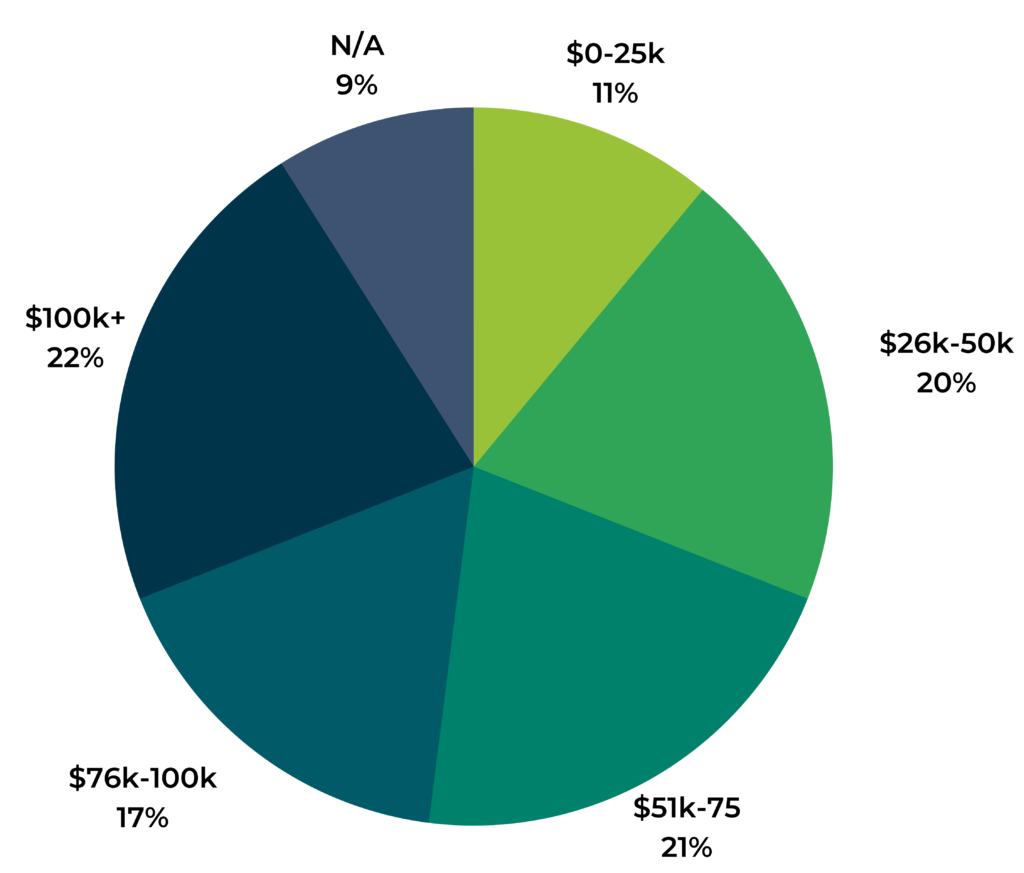

Traditionally, if a consumer wanted to hear about the experiences of other shoppers, they’d ask their family and friends. But today, a growing number of consumers seek out the opinions of fellow shoppers by reading reviews.
Nearly all Online Shoppers Use Reviews
Over the last decade, ecommerce has experienced significant growth in line with the increasing influence of technology and the internet on everyday lives.
At the same time, shopper dependence on reviews has also grown. And this is no coincidence. When consumers are shopping online, they don’t have the opportunity to see and touch a product in person before making a purchase. So reading about the experiences of others like them becomes more important.
In 2018, 97% of consumers consulted product reviews when making purchase decisions, up two percentage points from 2014. Today, 99.9% of consumers say they read reviews when shopping online at least sometimes. Of those shoppers, 61% say they always read reviews and a third indicate they do so regularly.
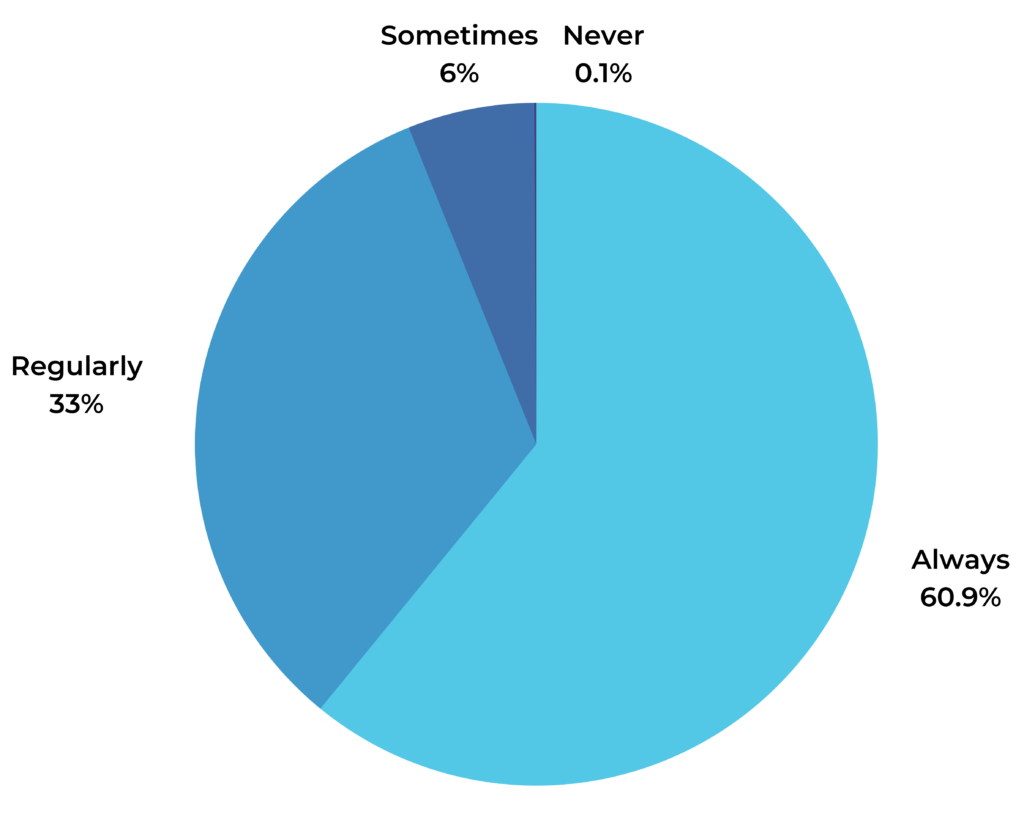
In-Store Shoppers Use Reviews, Too
Clearly, reviews are important for online shoppers. But consumers also turn to reviews when they’re shopping in physical store locations. In fact, over half (57%) of shoppers indicate they read reviews while shopping in brick-and-mortar stores to assess potential purchases.
Of note, Millennials are the generation most likely to check reviews while shopping in-store. 63% do so. In comparison, just over a third of Boomers read reviews in-store.
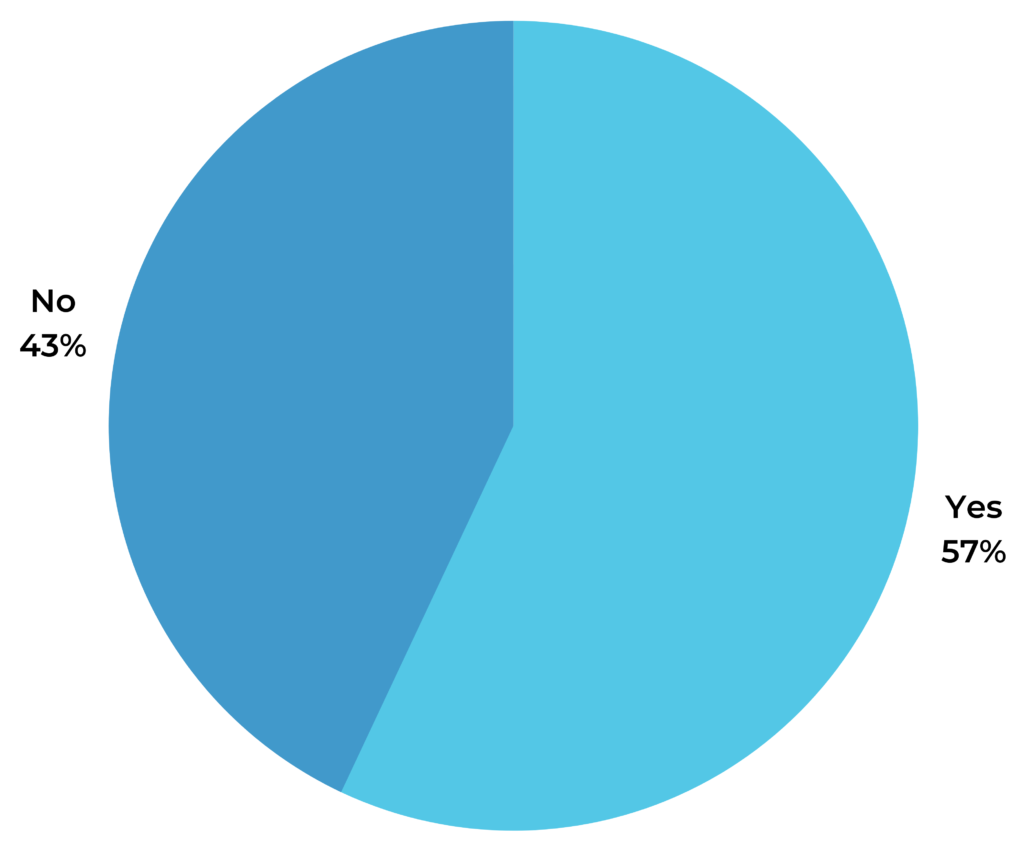
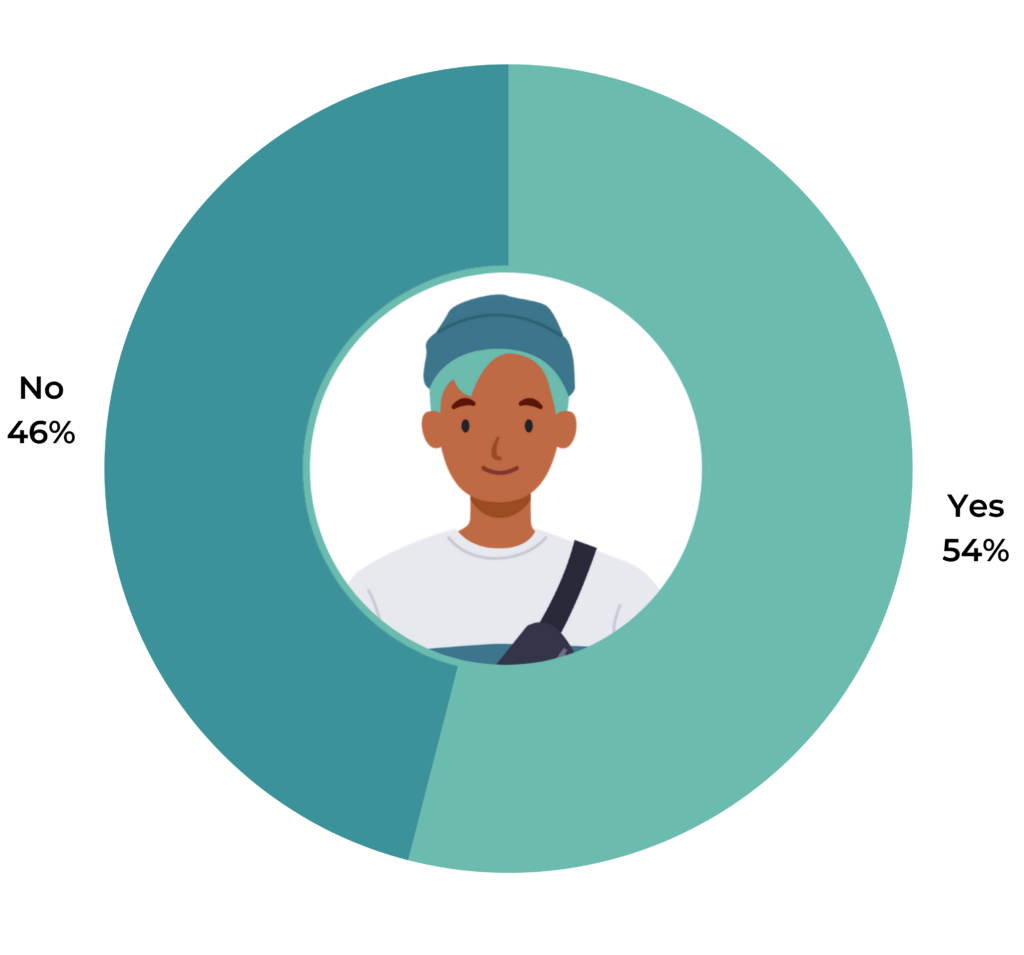
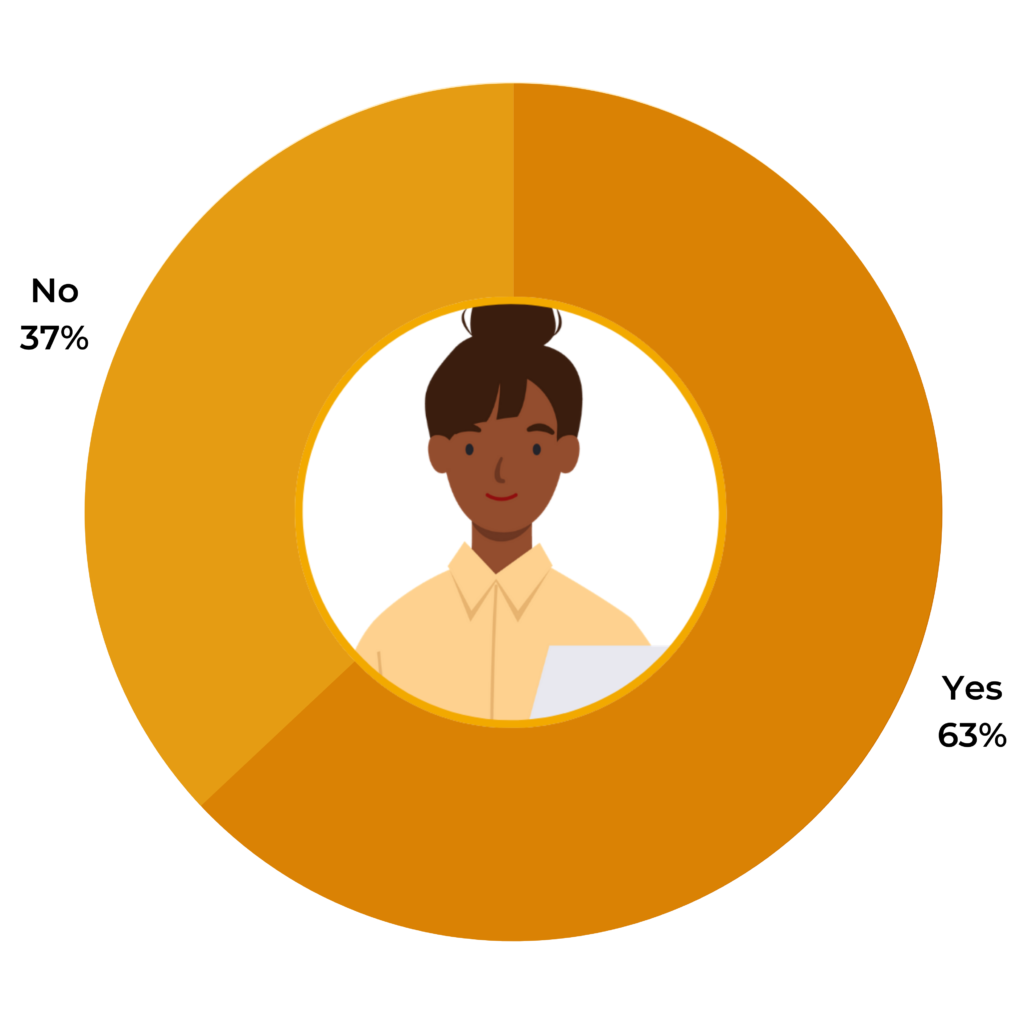
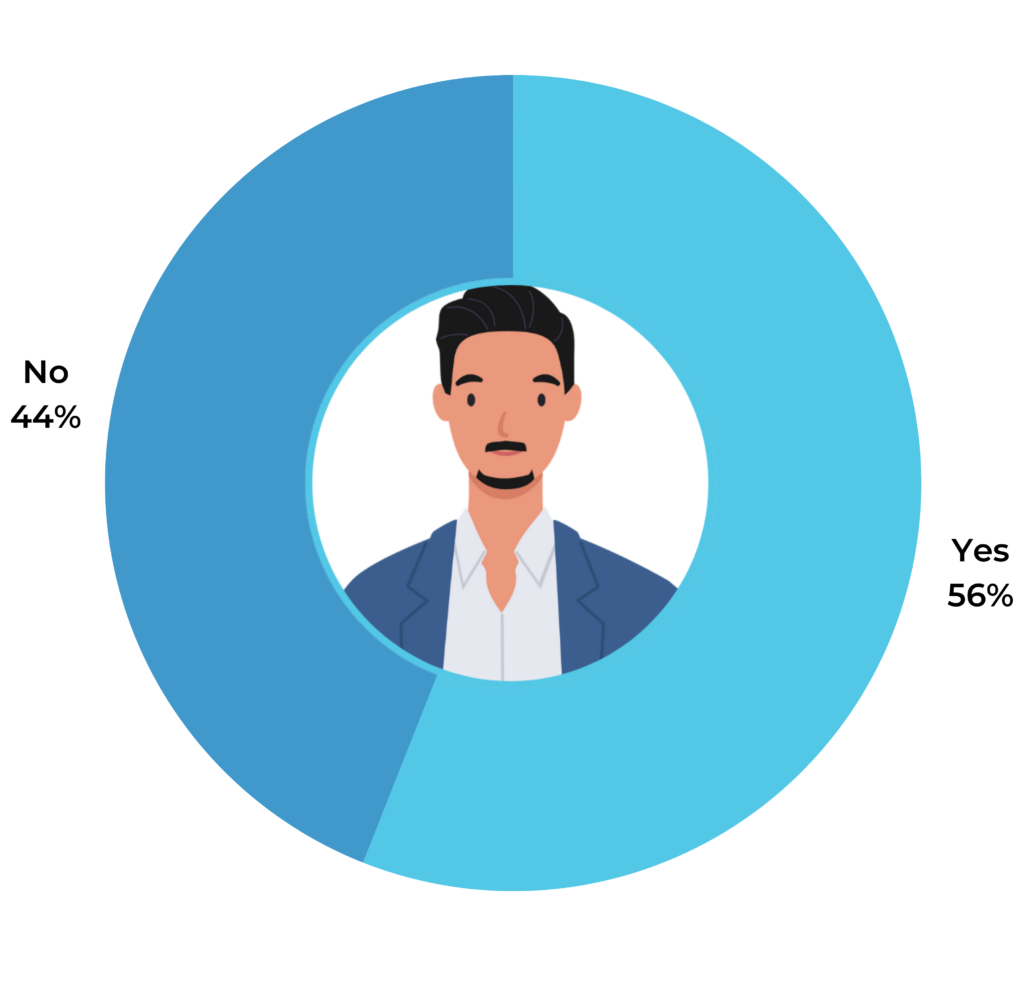
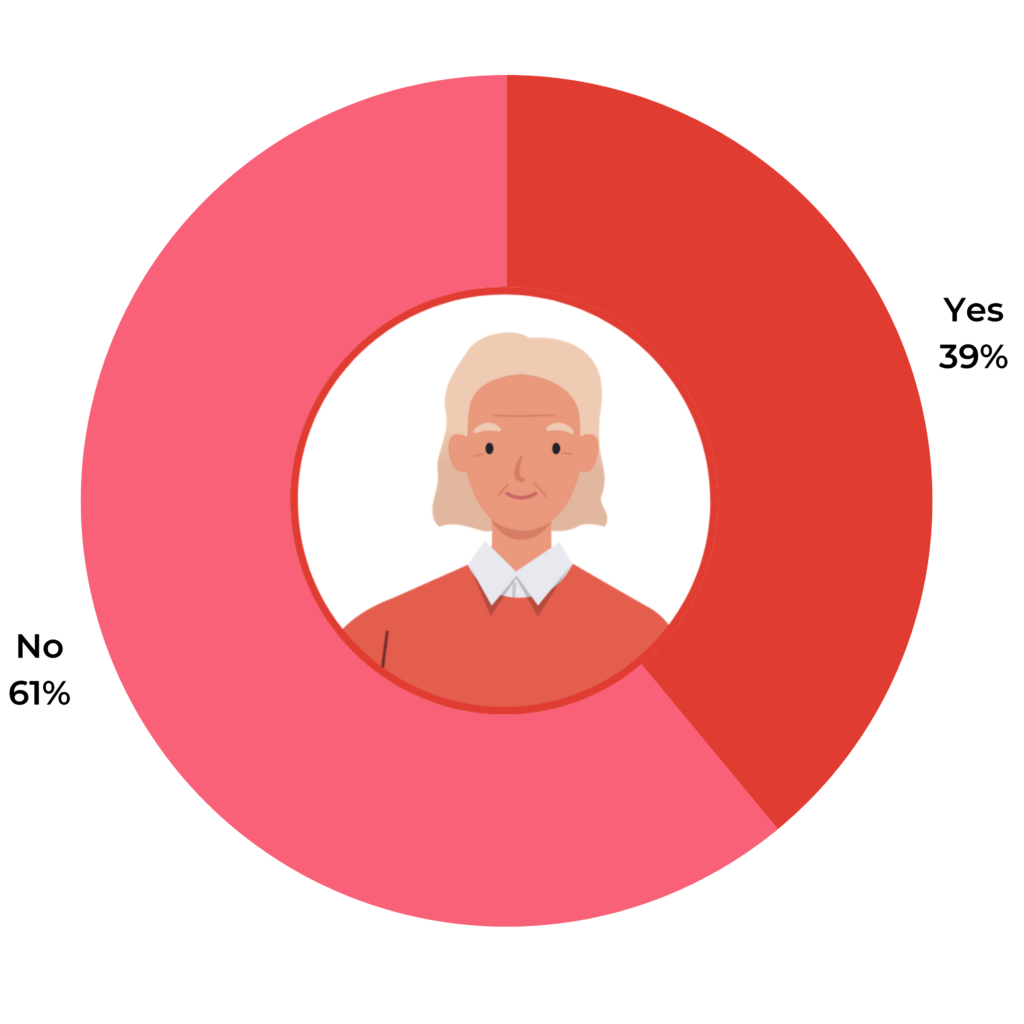
Reviews have become an important tool for online and in-store shoppers alike. Customer-centric brands and retailers must ensure shoppers can easily access review content — regardless of the device they use to shop.
Reviews Have Become Essential
There was a time when reviews were considered a “nice to have.” But they’ve quickly become a key component of the shopping journey.
Today, nearly all (98%) of consumers indicate that reviews are an essential resource when making purchase decisions. In comparison, 89% of consumers felt this way in 2018.

We know that nearly all online shoppers read reviews — and half of in-store shoppers do so. This content also has a strong influence on purchase behavior.
Reviews are the Top Purchase Consideration
There are myriad factors shoppers must weigh when making purchase decisions, including price, brand and return policy — just to name a few. But which factors carry the most weight when it comes time to make a purchase decision?
In year’s past, consumers indicated that reviews were the second most important factor — with price being the top consideration. But this year, we found that ratings and reviews have actually surpassed price as a top purchase consideration!
The presence of reviews also has a bigger impact on purchase behavior than other important factors including free shipping, brand and even recommendations from family and friends.
Shoppers are Reluctant to Make Purchases without Reading Reviews
Reviews are so influential that many shoppers simply won’t make purchases without reading this content first. In fact, 86% of consumers don’t purchase products online without reading reviews, up from 70% in 2018.
And today, 51% don’t buy products in brick-and-mortar stores without first reading reviews. In comparison, just over a third (39%) of shoppers indicated this was the case in 2018.
The Absence of Reviews Deters Shoppers
What’s more, nearly half (44%) of consumers won’t purchase a product if there are no ratings or reviews available for it. Younger generations — Gen Z and Millennials — are even more likely to abandon a purchase if there are no reviews available for a product they’re considering.
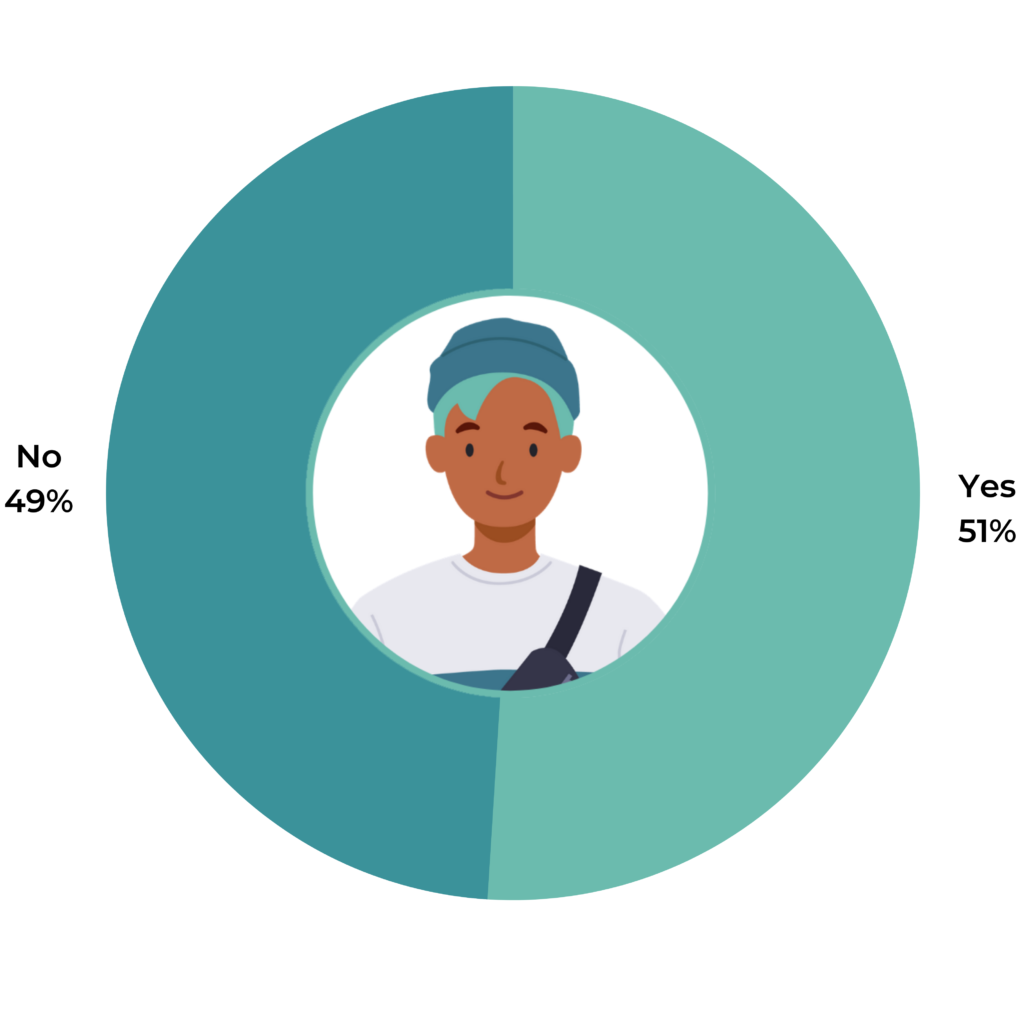
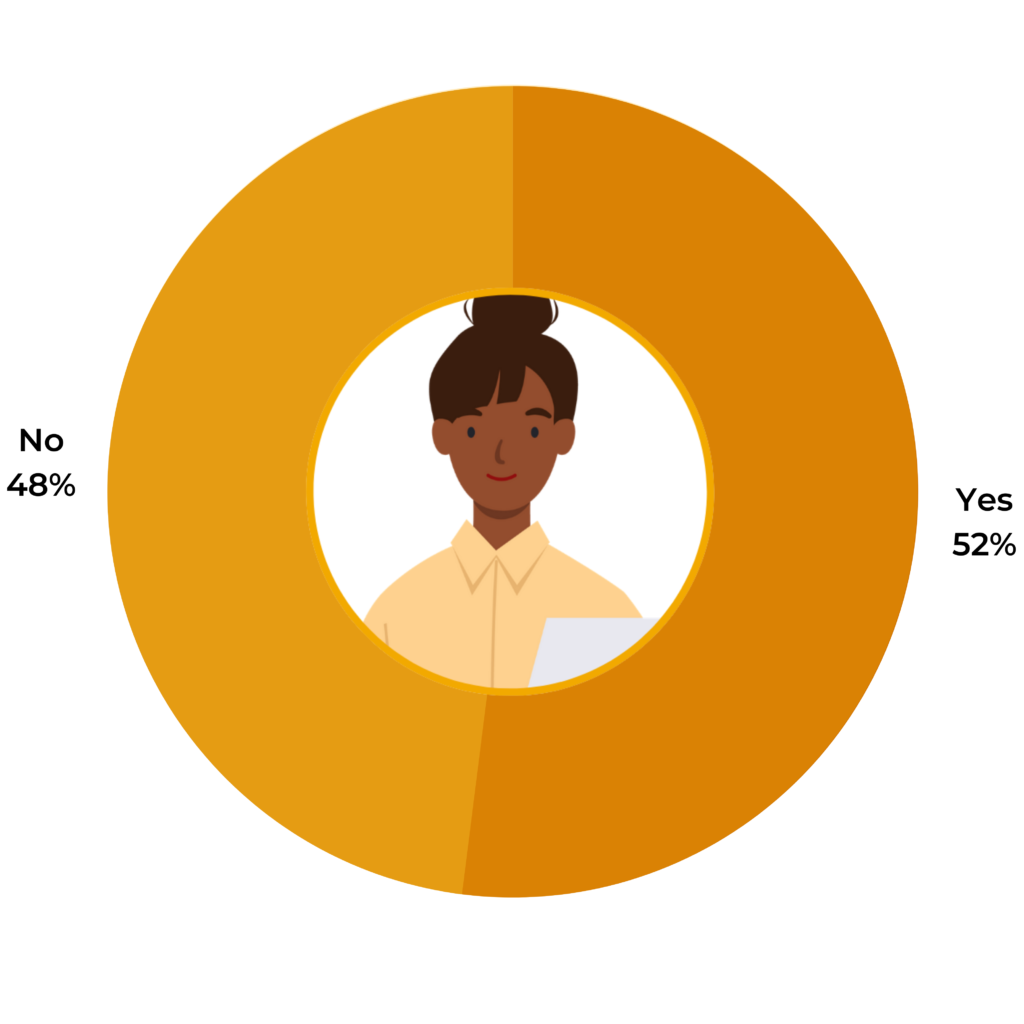
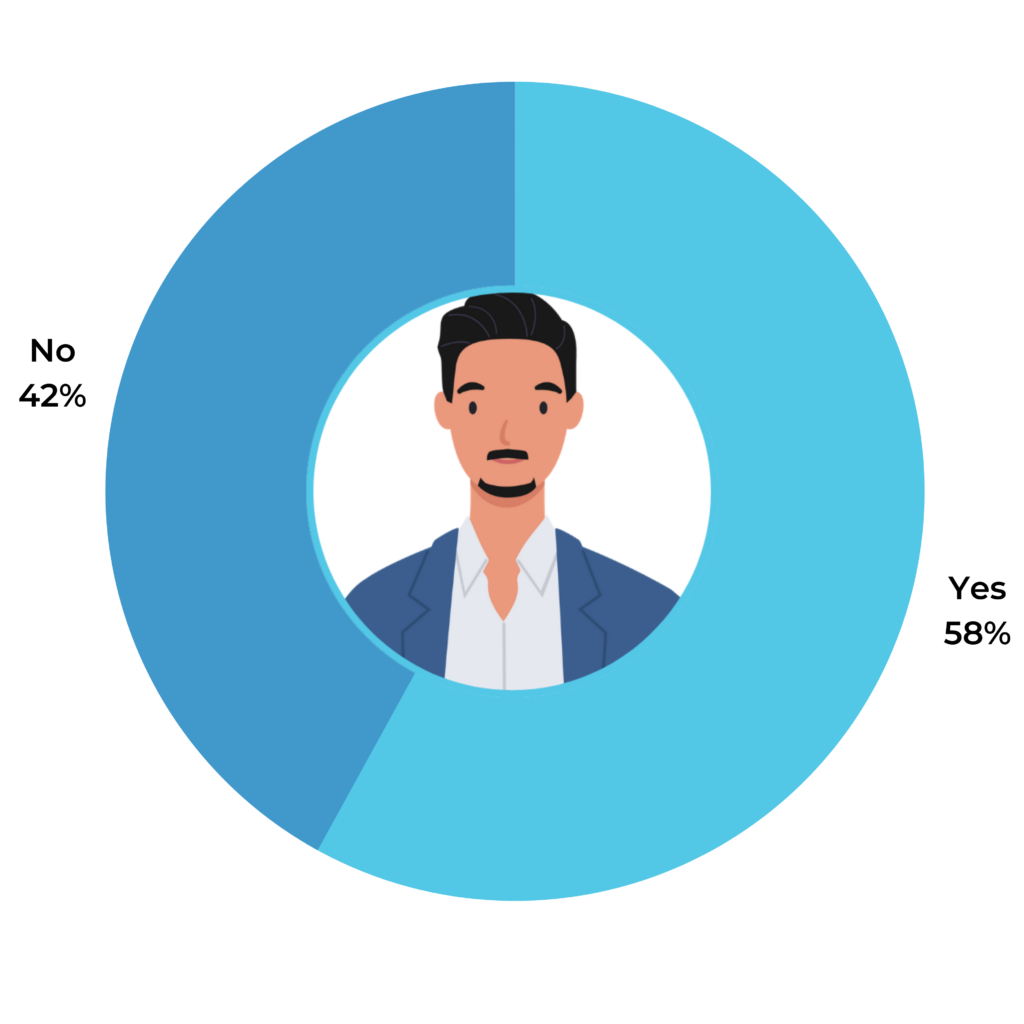
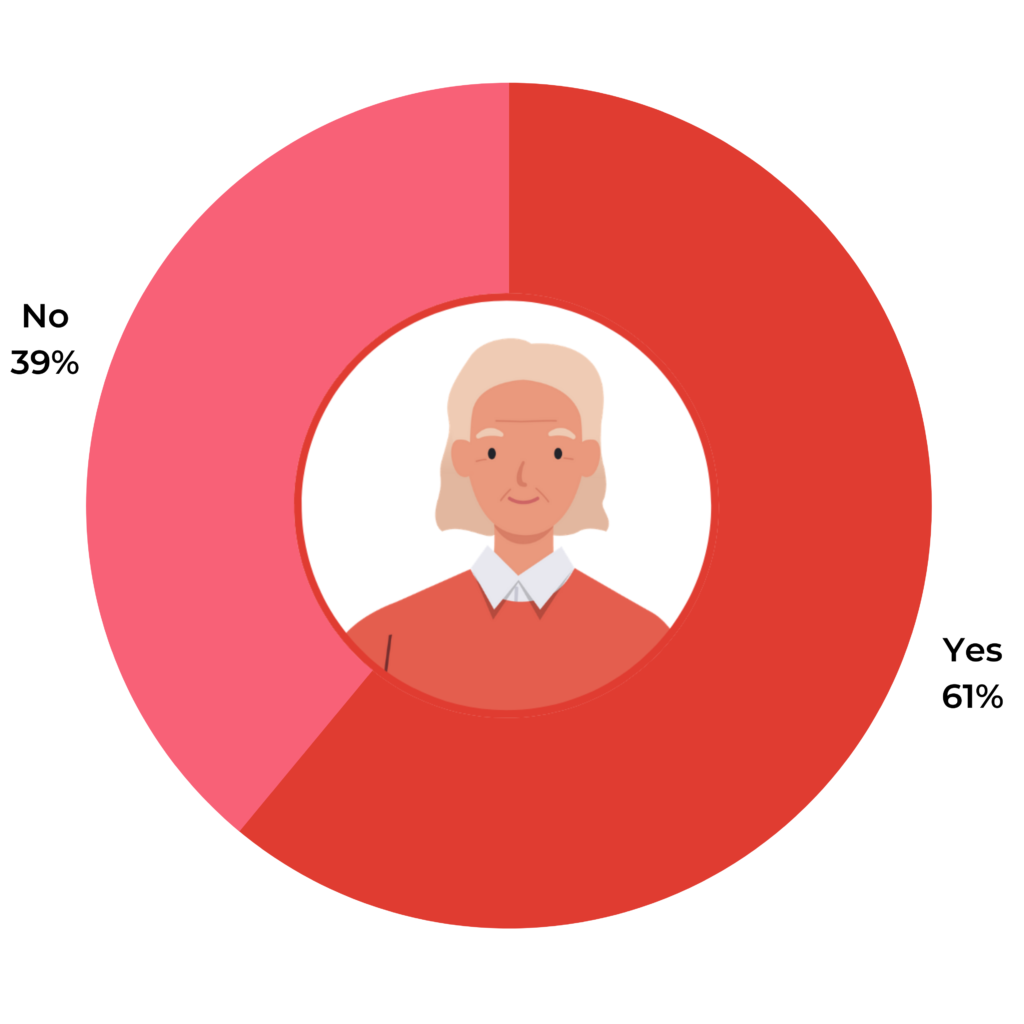
However, it’s worth noting that 59% of shoppers indicate they’re more likely to buy a product without reviews if other products from the same brand have high overall ratings. Of course, it’s important to generate reviews across your entire product catalog. However, it’s clear that a strong online reputation can help you earn the trust of shoppers — even when you haven’t yet generated reviews for a given product.

Reviews empower consumers to make informed purchase decisions, whether they’re shopping online or in-store. But are there certain circumstances when reviews are especially important?
Reviews Matter for High Priced Products
There’s a certain amount of risk involved with buying a new product. No matter how much research a shopper has done, there’s no sure way of knowing that a product will fit their needs. The risk is even higher if the product is expensive.
So it’s probably not surprising that 80% of consumers indicate that the more expensive a product is, the more they read reviews. This aligns with research we did with Northwestern University, which found that reviews are especially impactful for high consideration items, which are defined as those that pose a risk due to a number of factors, including expense.
Interestingly, the higher a consumer’s income, the more likely they are to agree that the more expensive the product, the more they read reviews.
In addition, the younger the consumer, the more likely they are to indicate that they read more reviews for expensive products.
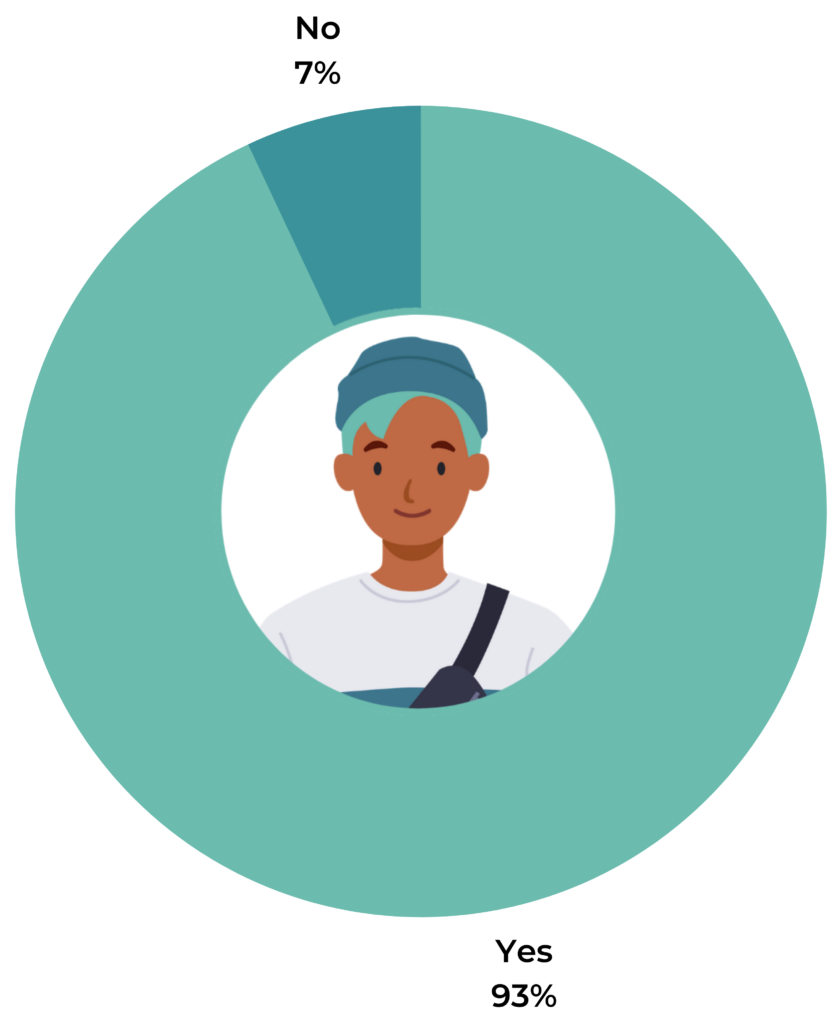
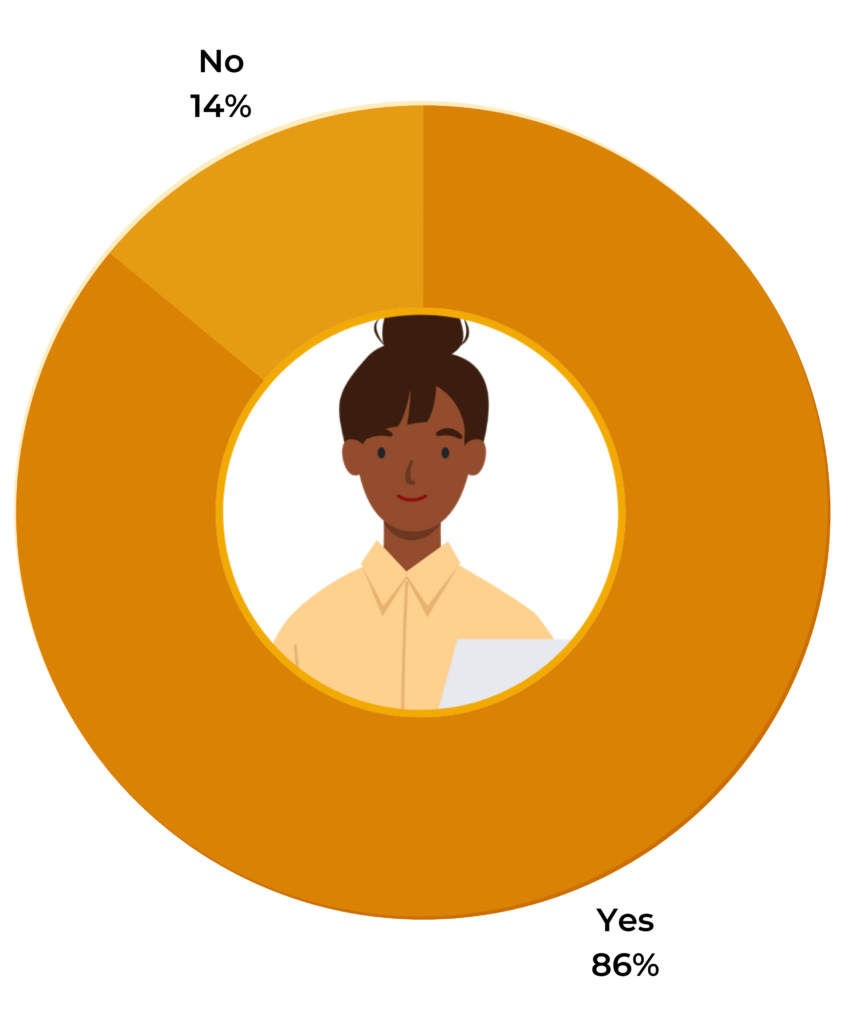
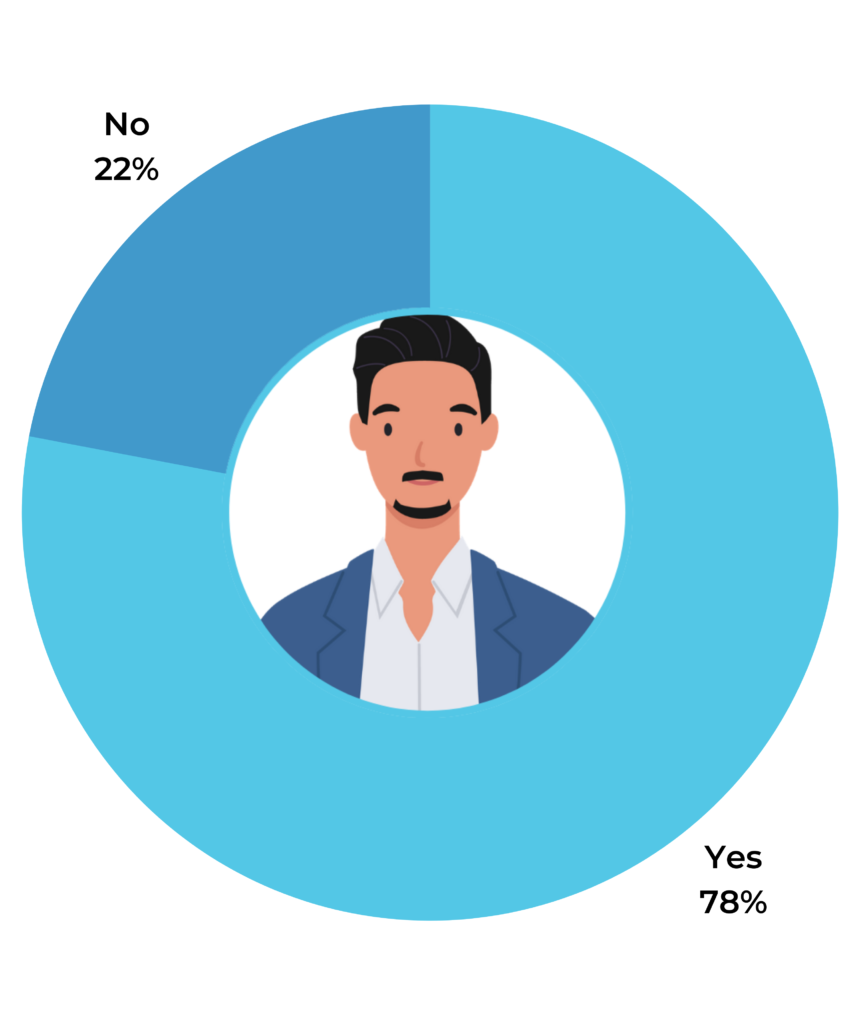
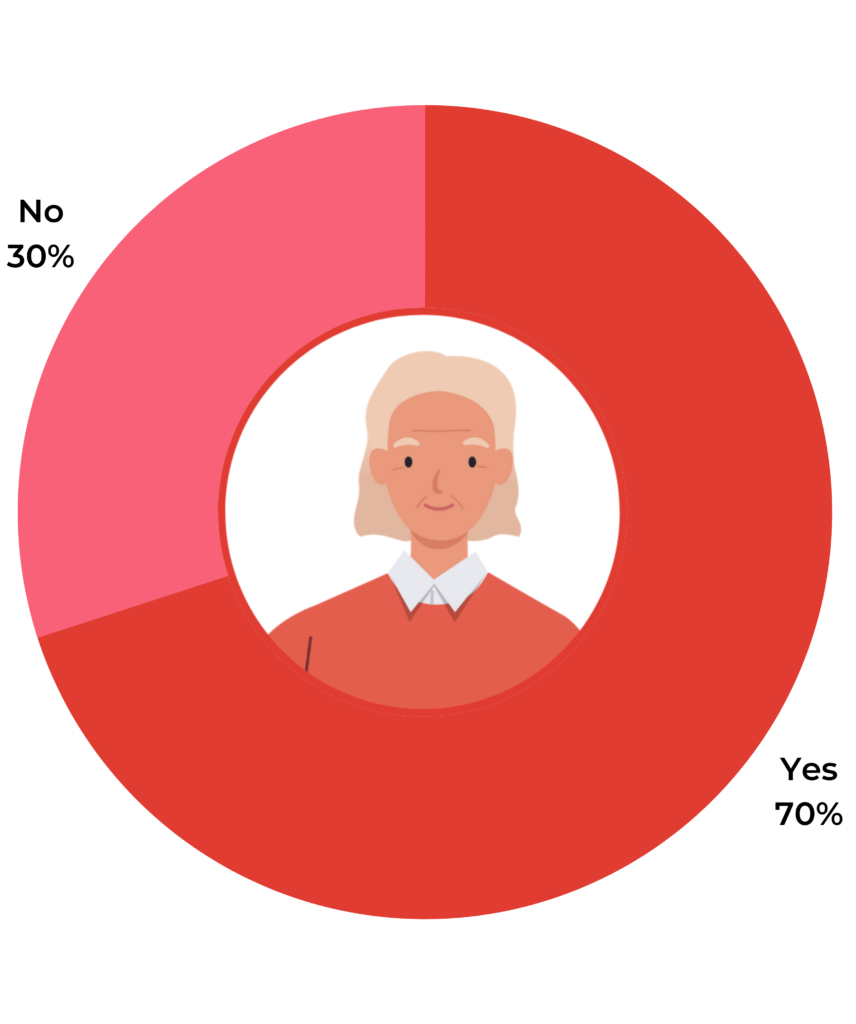
Reviews are Essential for Myriad Product Categories
Consumers turn to reviews when shopping for a variety of different types of products. But do reviews matter more for specific product categories?
The top product category for review consumption is electronics; 95% of consumers indicate that reviews are helpful when shopping for these products. Electronics are typically high priced products, so this aligns with our previous finding about reviews being more important for expensive items.
Consumers also value reviews for categories including appliances (87%), health and beauty (83%), computers (81%), clothing (75%), shoes (68%), home and garden (67%), toys (54%), groceries (42%) and baby (40%).
Clearly, reviews matter across a wide array of product categories. So it’s essential to collect and display plenty of this content, regardless of the types of products you sell.

The presence of reviews impacts where consumers choose to shop. And when they shop on websites and apps with reviews, they’re more likely to convert.
Consumers Seek out Websites with Reviews
When shopping online, 79% of consumers specifically seek out websites with product reviews. This is up from 63% in 2018 and 57% in 2014.
Notably, 85% of Millennials seek out websites with reviews, compared to 70% of Boomers.
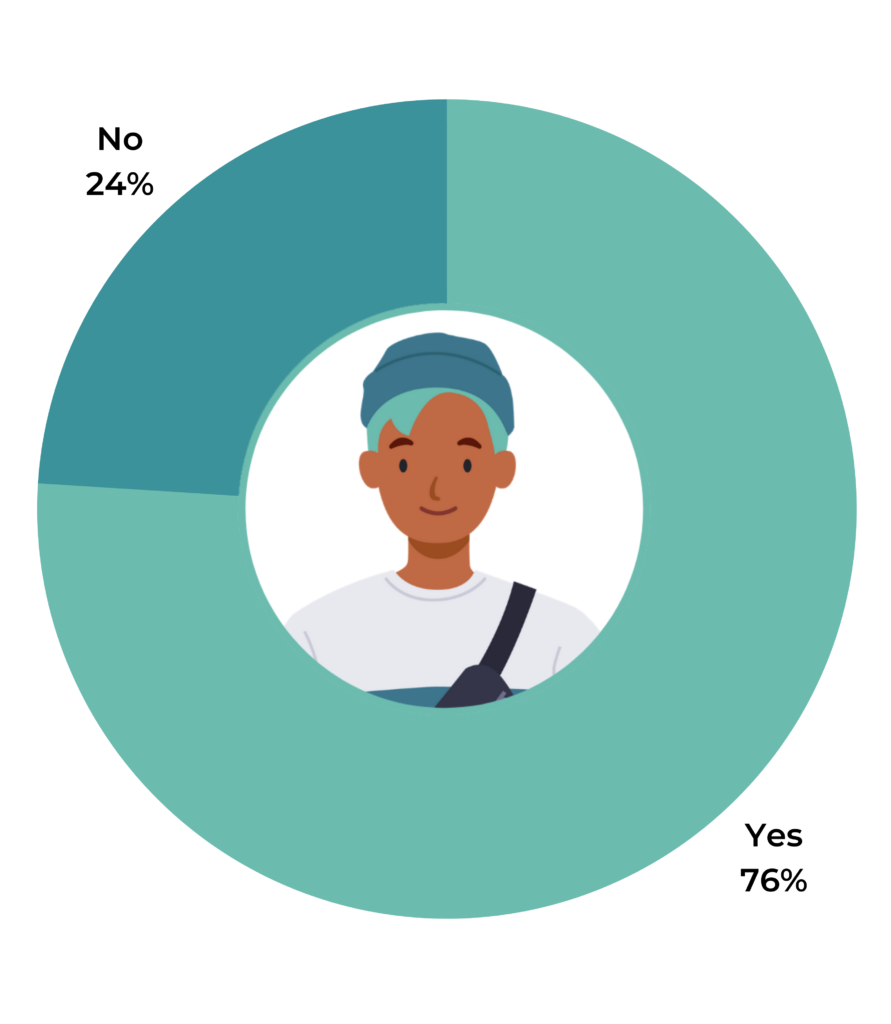
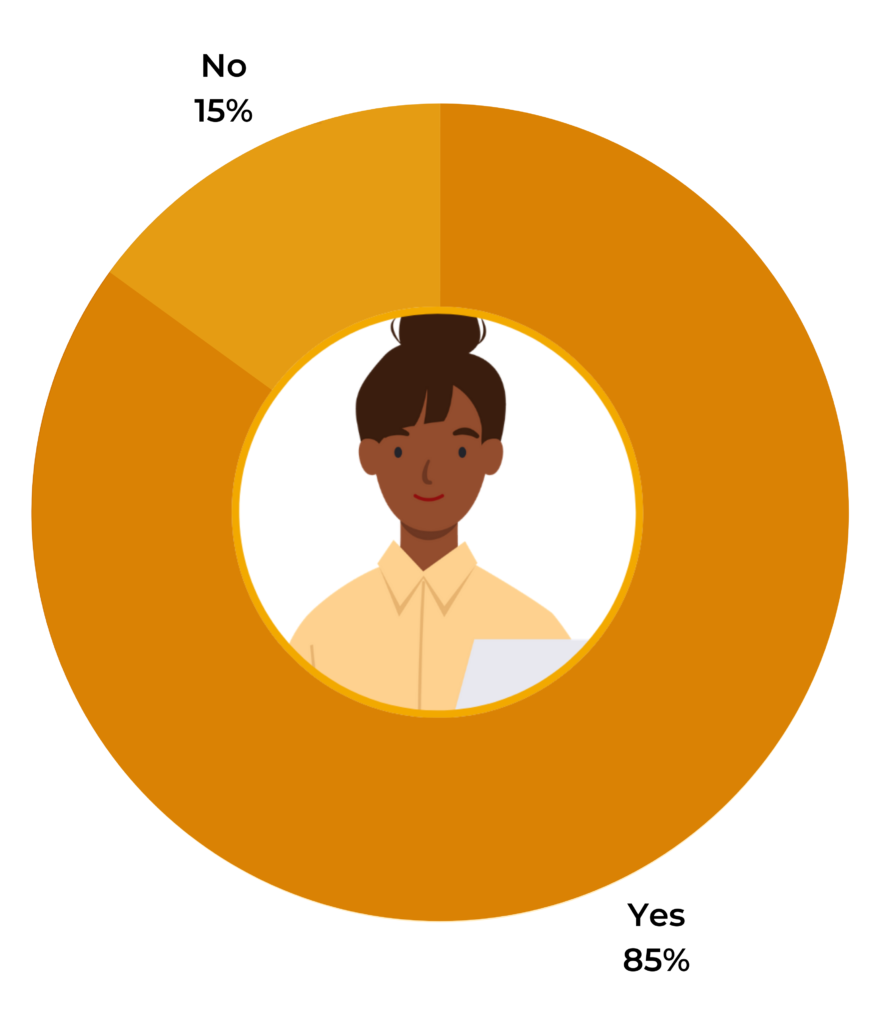
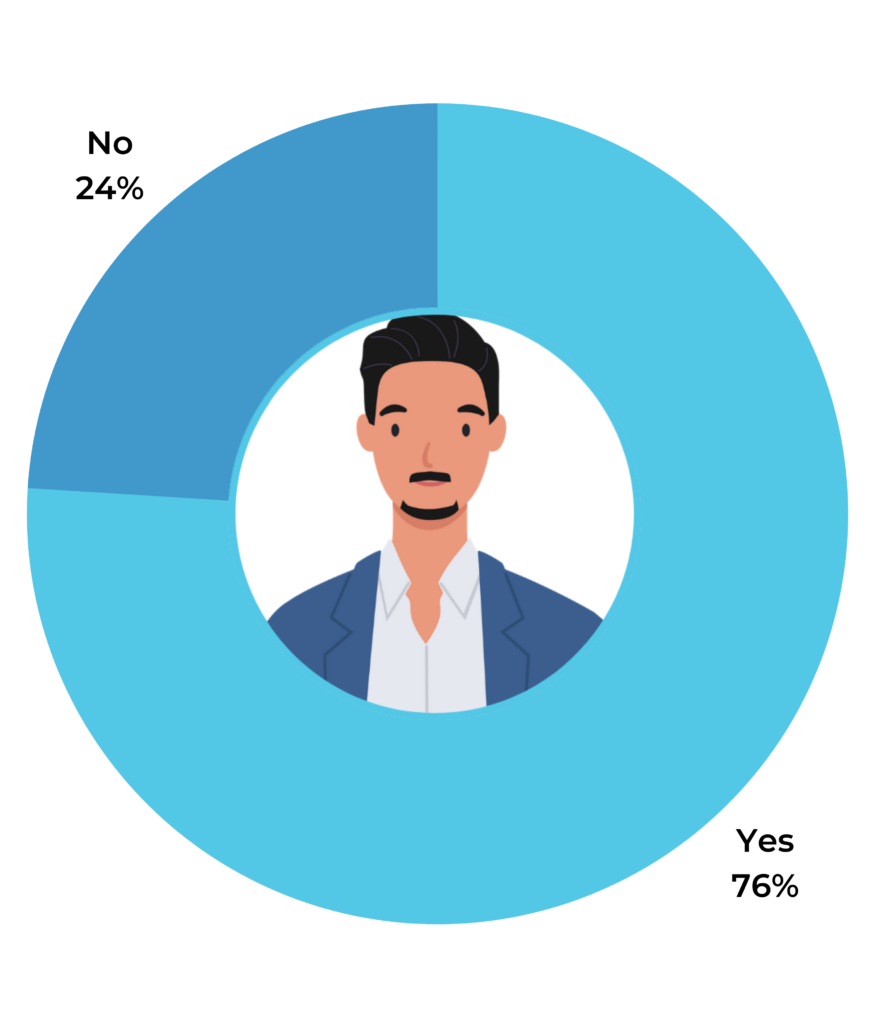
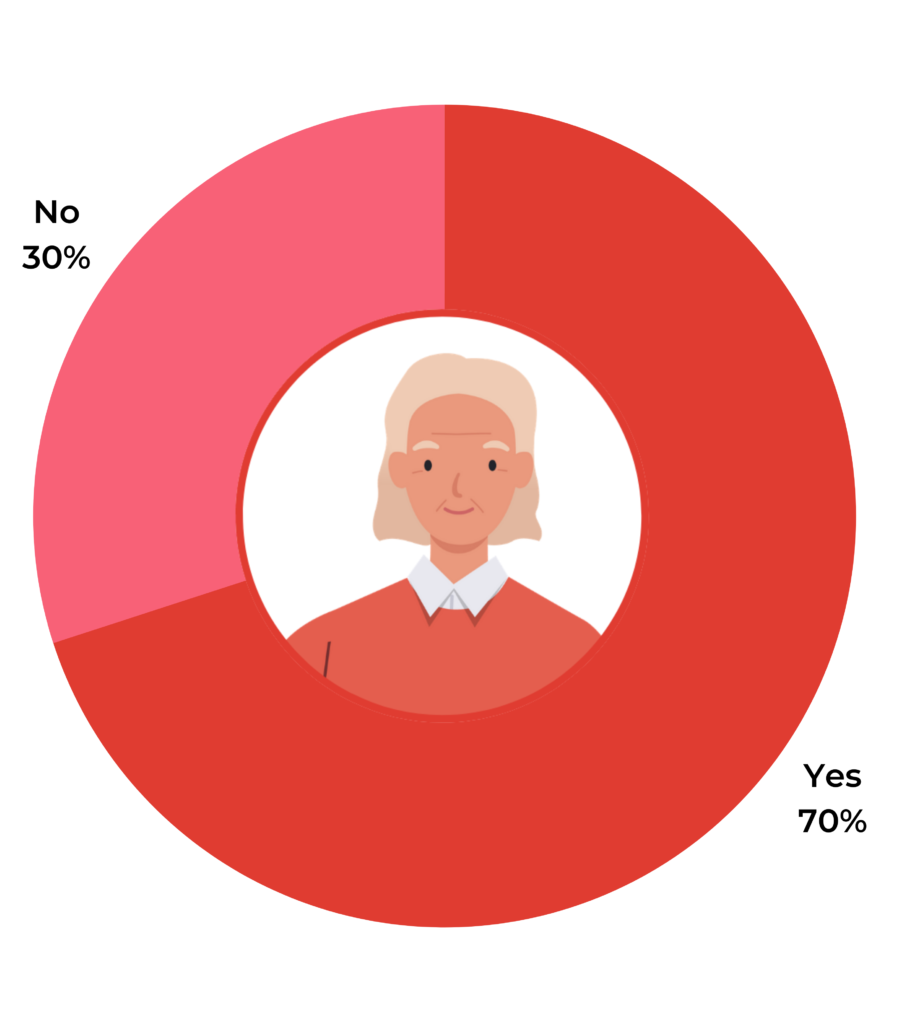
And when mobile shoppers find reviews, they’re more likely to convert. 88% of consumers indicate they’re more likely to purchase an item when shopping from a mobile device if a website or mobile app incorporates product reviews. In 2018, just over three quarters (77%) of mobile shoppers indicated this was the case. And in 2014, the number was 70%.
Consumers Read Reviews on Various Websites
Shoppers seek out websites with reviews. But what are the most popular sites for consuming reviews?
It’s probably not surprising that Amazon tops the list, with 95% of consumers indicating they read product reviews there. However, retail websites (for example, Target.com and Walmart.com) are a close second; 93% of respondents say they read reviews on these sites. And brand websites — such as Gap.com and Nike.com — aren’t far behind.

We know that the majority of shoppers are reading reviews on Amazon, retailer and brand sites. Now, let’s take a closer look at how shoppers are engaging with this content once they’ve found it.
Most Consumers Read 1-10 Reviews
The majority of online shoppers (and half of in-store shoppers) read reviews. But how many reviews do they typically read before making a purchase?
The greatest portion of consumers (53%) read between one and 10 reviews, and an additional 29% read between 11 and 25 reviews. The remaining 18% of consumers read 26 or more reviews.
Of course, the quantity of reviews a shopper reads varies depending on the product they’re purchasing. For example, a shopper probably reads more reviews when purchasing a computer than they do when purchasing a new toothbrush. So it’s important for brands to focus both on review coverage (the number of products that have reviews) and review quantity.
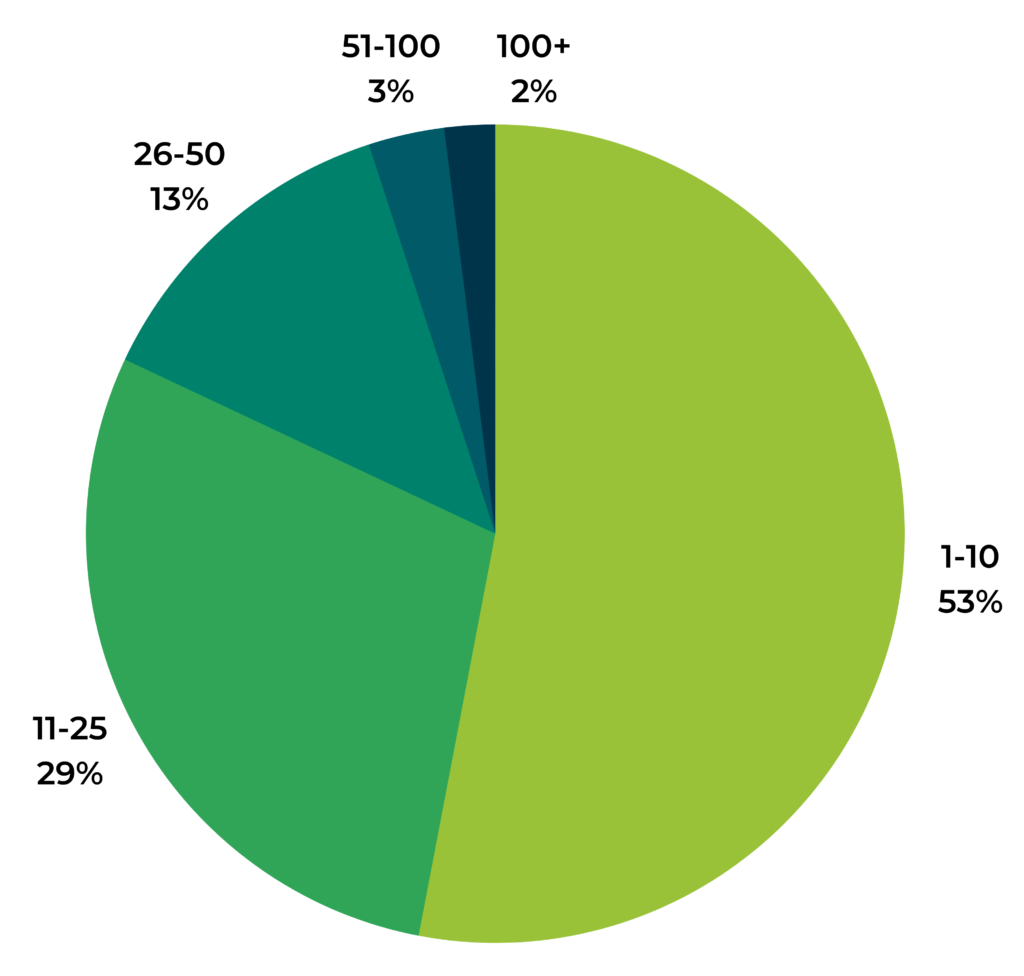
Shoppers Value Review Search Functionality
Some review displays offer a search feature that allows shoppers to find existing content that’s relevant to them. For example, let’s say a consumer is shopping for a pair of athletic pants.
She’s tall, and she wants to know how a particular pair of pants have worked for others of similar height. So she types “tall” into the search box and finds reviews that specifically address this.
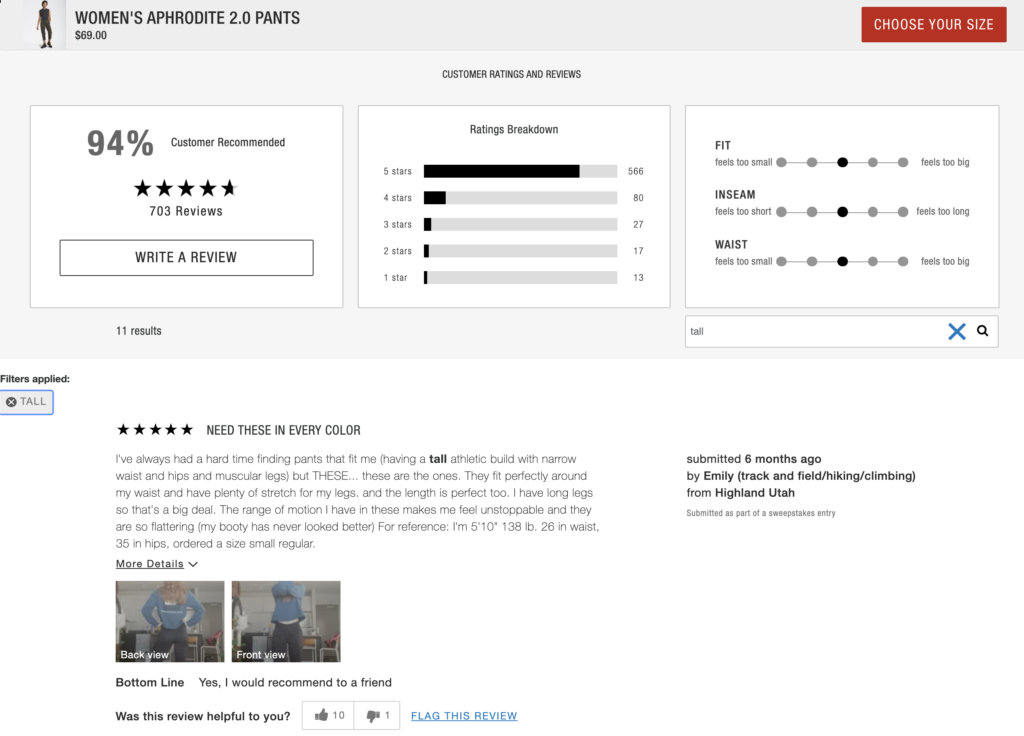
When there’s a search option available, 93% of consumers indicate they’ll use it at least sometimes. And 64% say they use this feature regularly or always.
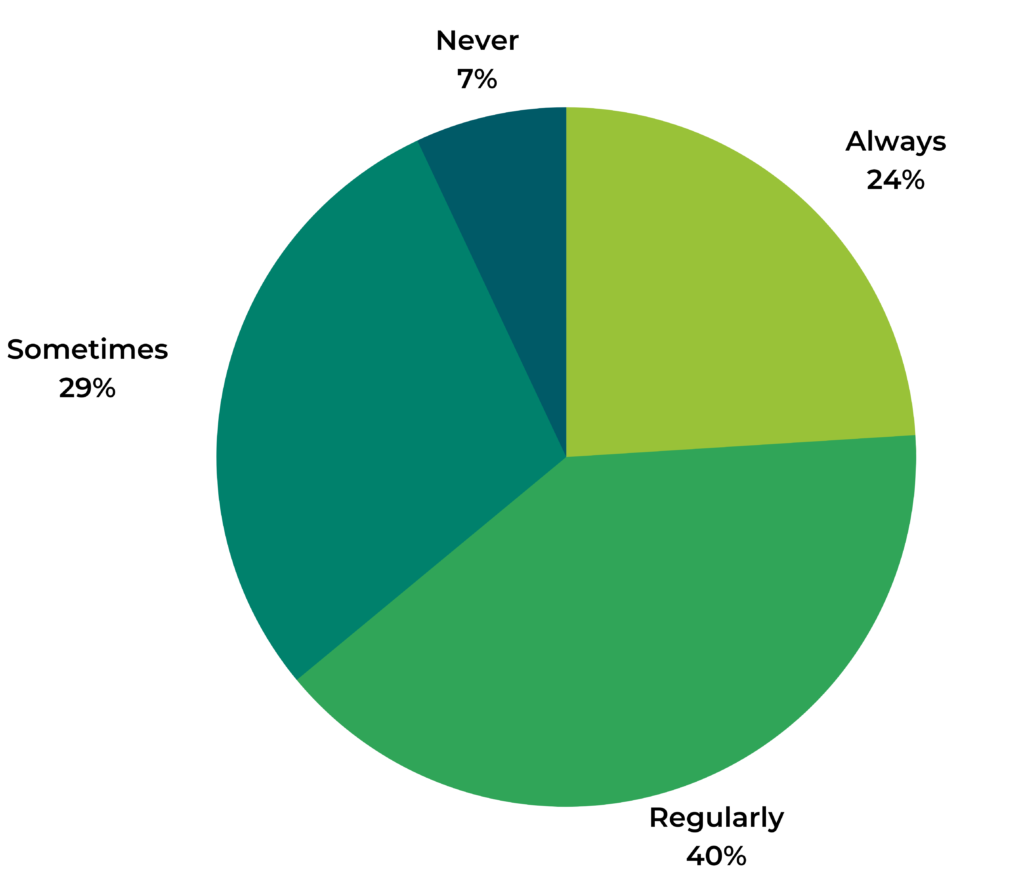
What’s more 84% of shoppers find the search feature at least somewhat helpful when assessing potential purchases. And 42% consider the ability to search through existing reviews to be very helpful.
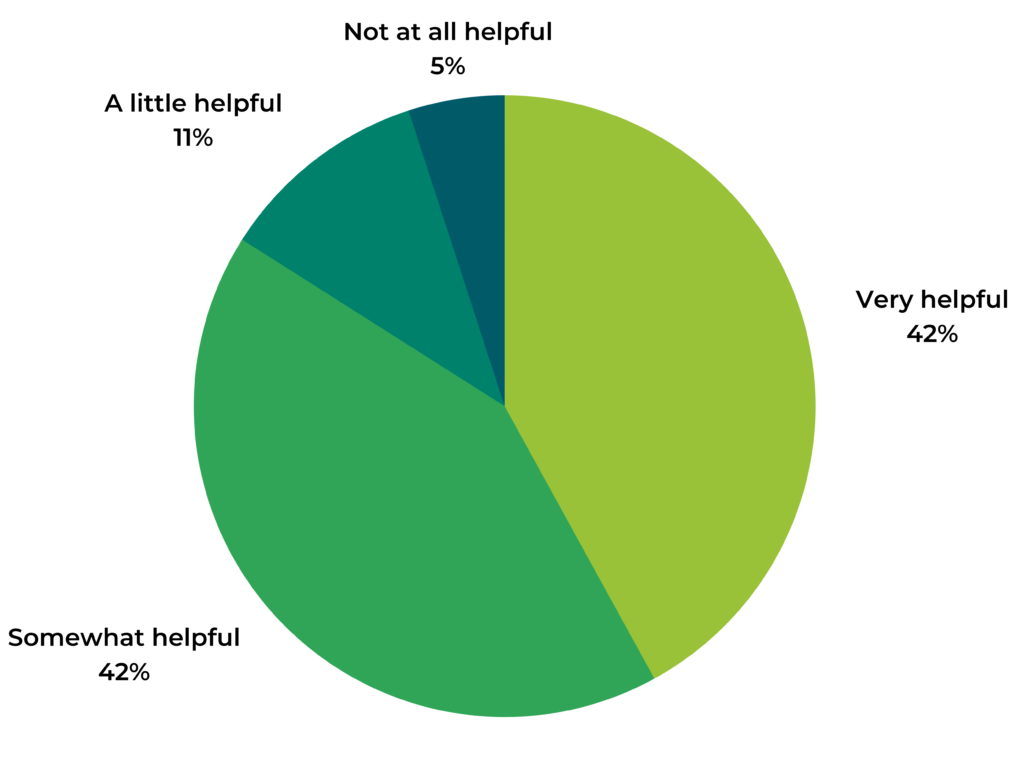
It’s great news that so many shoppers use and value review search. After all, our previous analysis of 1.5MM online product pages from more than 1,200 brand and retailer sites found that shoppers who use the search feature on a product page convert at a rate that’s 202.9% higher than average.
If you don’t already have search functionality on your review display, consider adding it. Doing so can have a significant impact on sales!

Not all reviews are created equal. For example, a recent, detailed review is typically more valuable to a shopper than an old, vague review that’s only a few words long.
Let’s explore the different elements of reviews that matter to shoppers — and how these elements impact shopping behavior.
Shoppers Consider Many Review Elements
As it turns out, consumers consider many elements when reading reviews. The top choice is the average star rating; 77% of shoppers say this is a factor they consider when reading reviews.
Three quarters (75%) consider the quantity of reviews and 71% factor in the recency of reviews. Other top factors include the length, depth and detail of the review content (56%) and the grammar and spelling within the review content (32%).
Star Ratings Matter -- But Consumers Trust Them More When Accompanied by Written Reviews
As you might predict, shoppers value a high volume of great reviews that yield a high average star rating.
Over three-quarters (77%) of consumers indicate that the average star rating is an element they consider when reading reviews.
But star ratings alone often aren’t enough to earn the trust of shoppers. Some ecommerce sites — including Amazon — offer shoppers the option to leave a star rating, without an accompanying review.
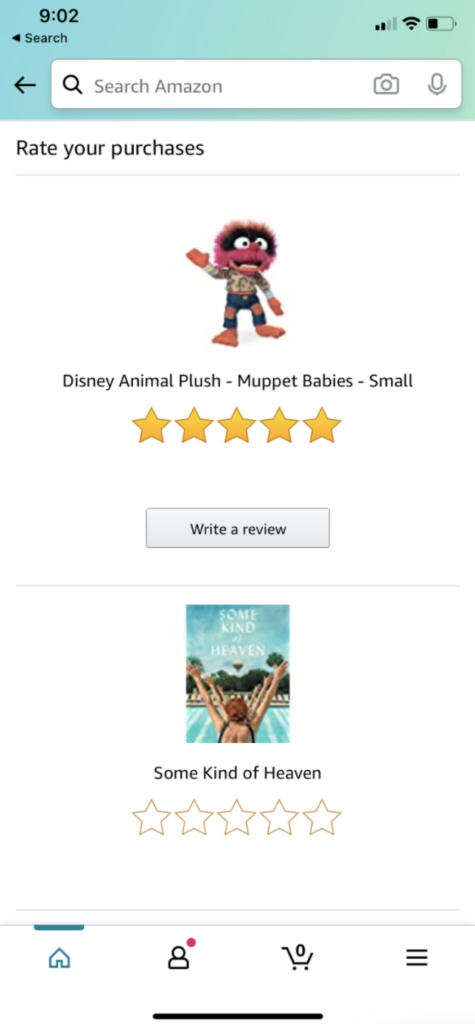
There’s no doubt this approach ensures a higher volume of ratings. However, over half (52%) of consumers indicate they don’t trust this content as much as they do ratings accompanied by reviews.
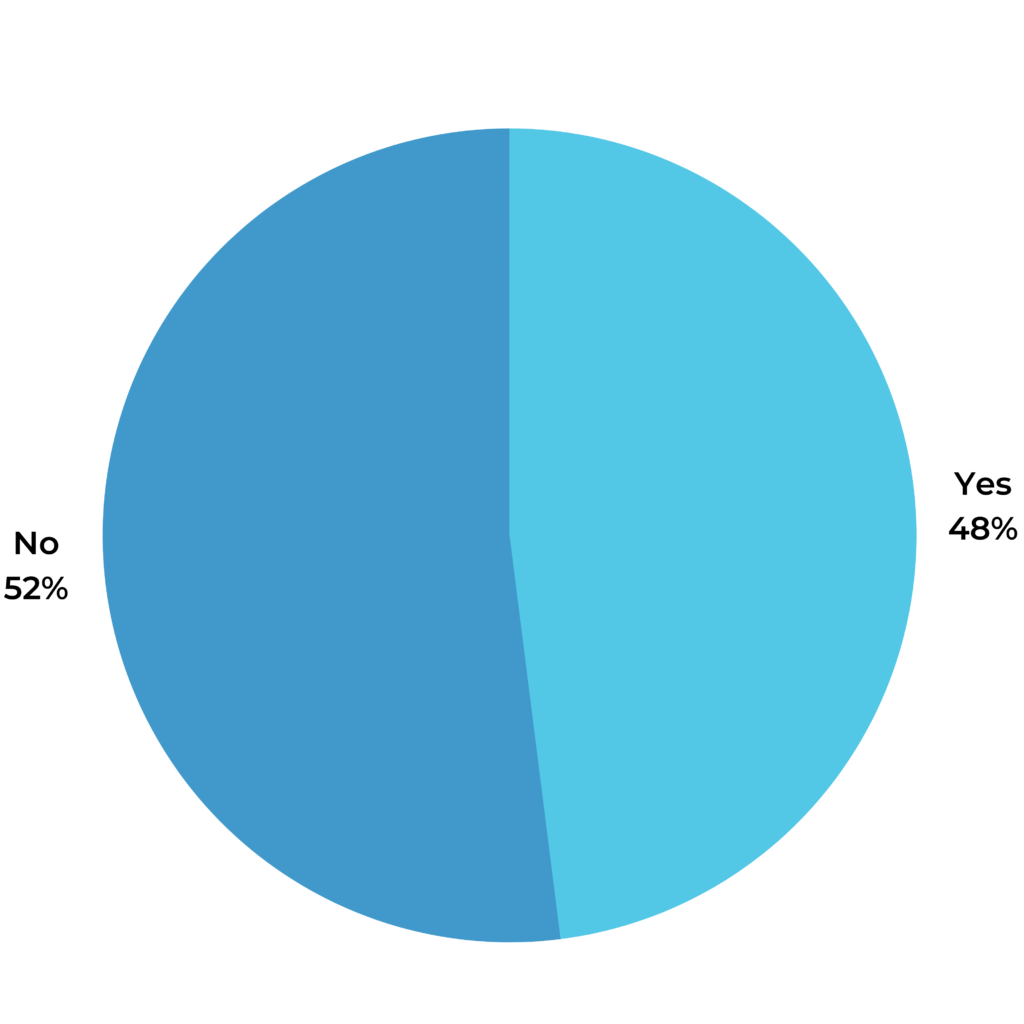
Review Quantity Counts
Three-quarters of consumers say that quantity is something they consider when reading reviews. And as mentioned earlier in this report, the largest portion of consumers (53%) typically read between one and 10 reviews before making a purchase.
So it’s interesting that in an ideal world, 68% of consumers believe a given review should have 26 or more reviews. 18% feel a product should ideally have between one and 10 reviews, and the remaining 14% think between 11-25 reviews is ideal.
Though most consumers read between one and 10 reviews, they want plenty more content to be available. This is likely because they want to be able to seek out (and find) reviews that are most relevant to them.
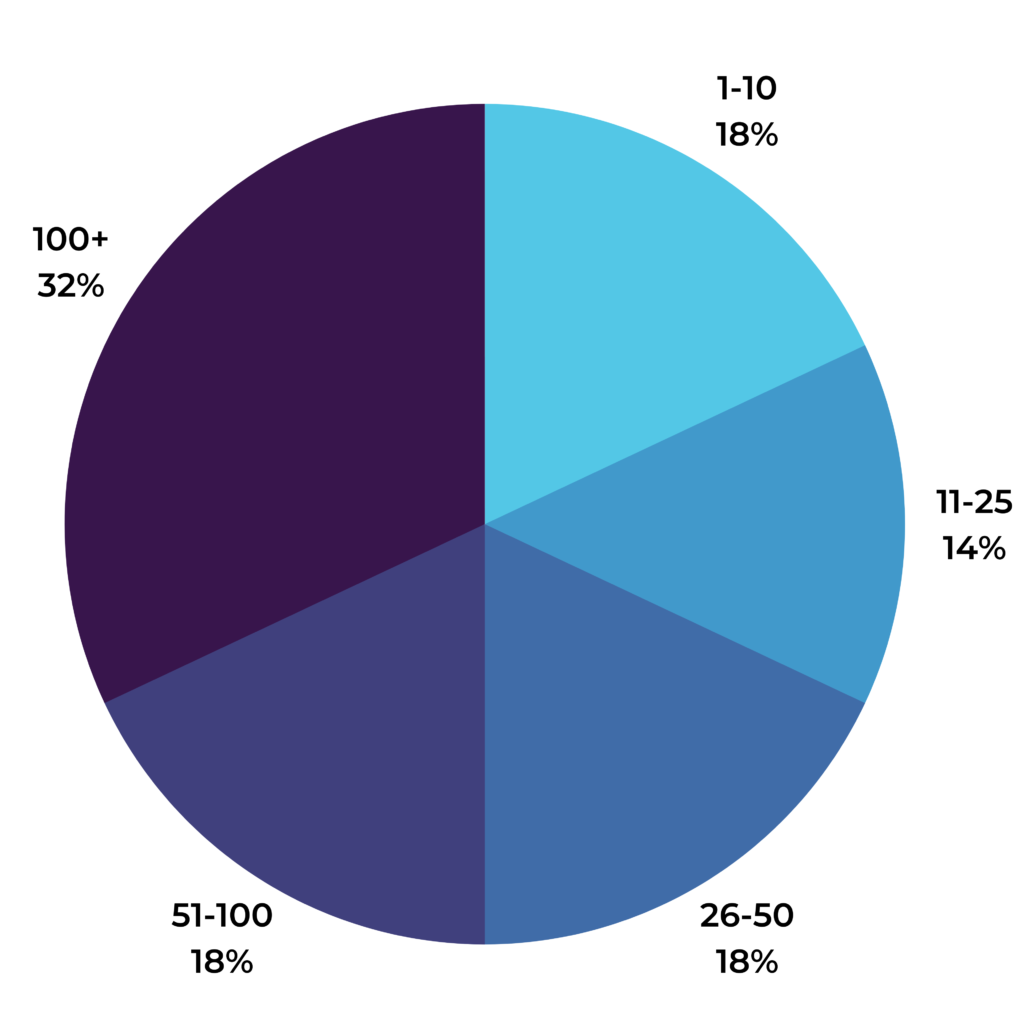
Consumers expect to find plenty of reviews about products they’re considering. But what’s the minimum number of reviews a product needs to have for them to feel confident making a purchase?
The largest portion of consumers — 41% — indicate that 1-10 reviews is the minimum needed for them to feel comfortable purchasing a product. 40% say a product must have at least 26, while 17% indicate 11-25 is the minimum. The remaining 2% say that 0 is the minimum.
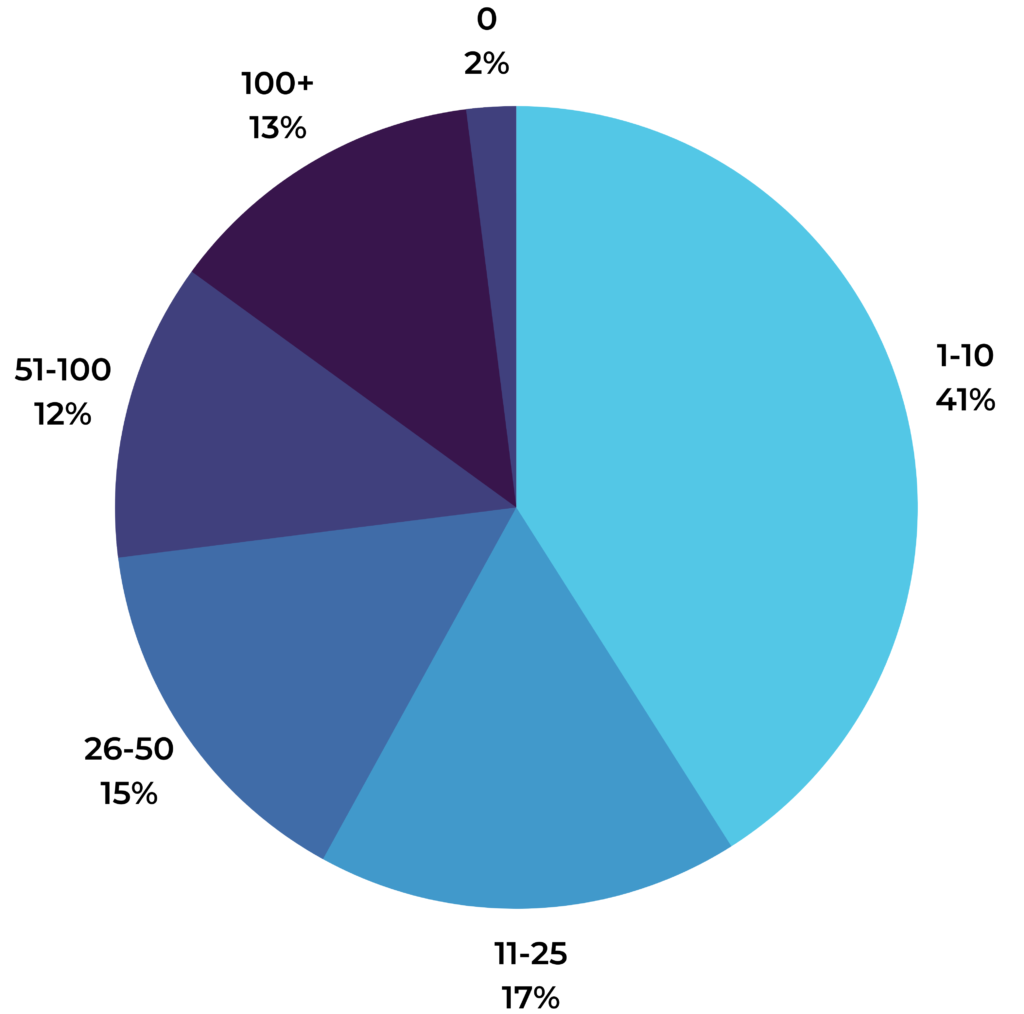
Stale Reviews Hold Less Weight
Nearly three-quarters (71%) of consumers indicate that the recency of review content is something they consider when reading reviews. Furthermore, 51% admit they’d be less likely to purchase a product if all the reviews for it were over a year old.
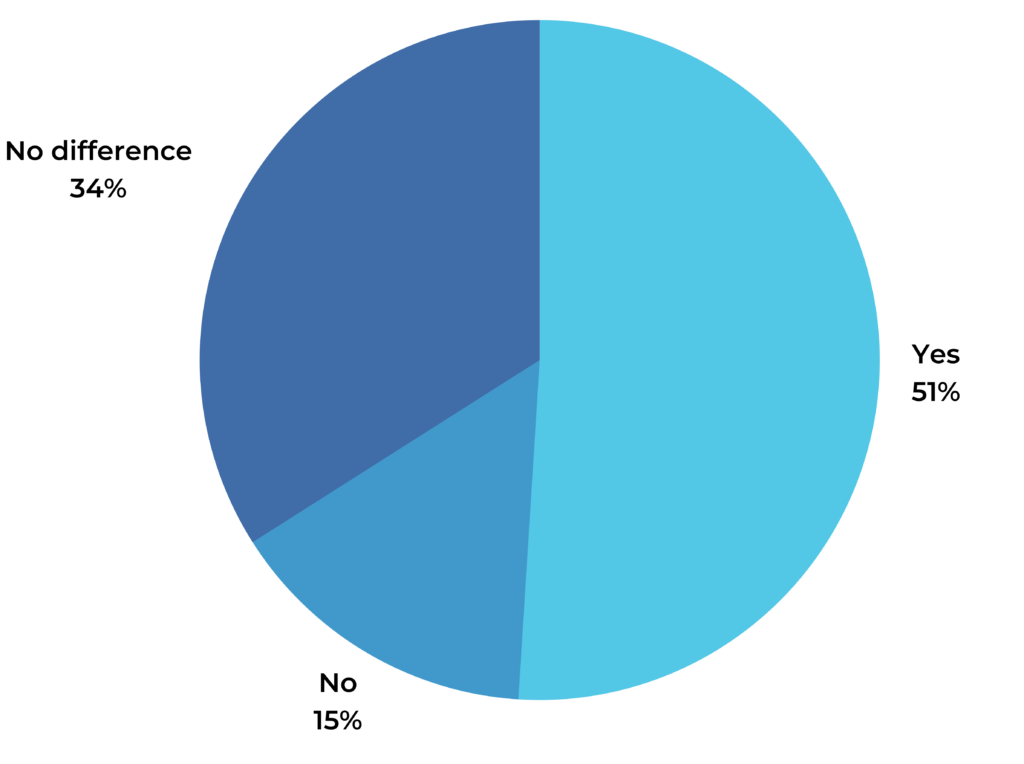
For many consumers, older reviews carry less weight. But how recent must reviews be in order for shoppers to consider them relevant?
The biggest portion of shoppers (34%) ideally want to be able to read review content for a product that is between a week and a month old. And a quarter (25%) want to find reviews that are one to three months old. A good number of shoppers have extremely high expectations for fresh review content; 21% ideally want to find reviews posted within the most recent seven days!
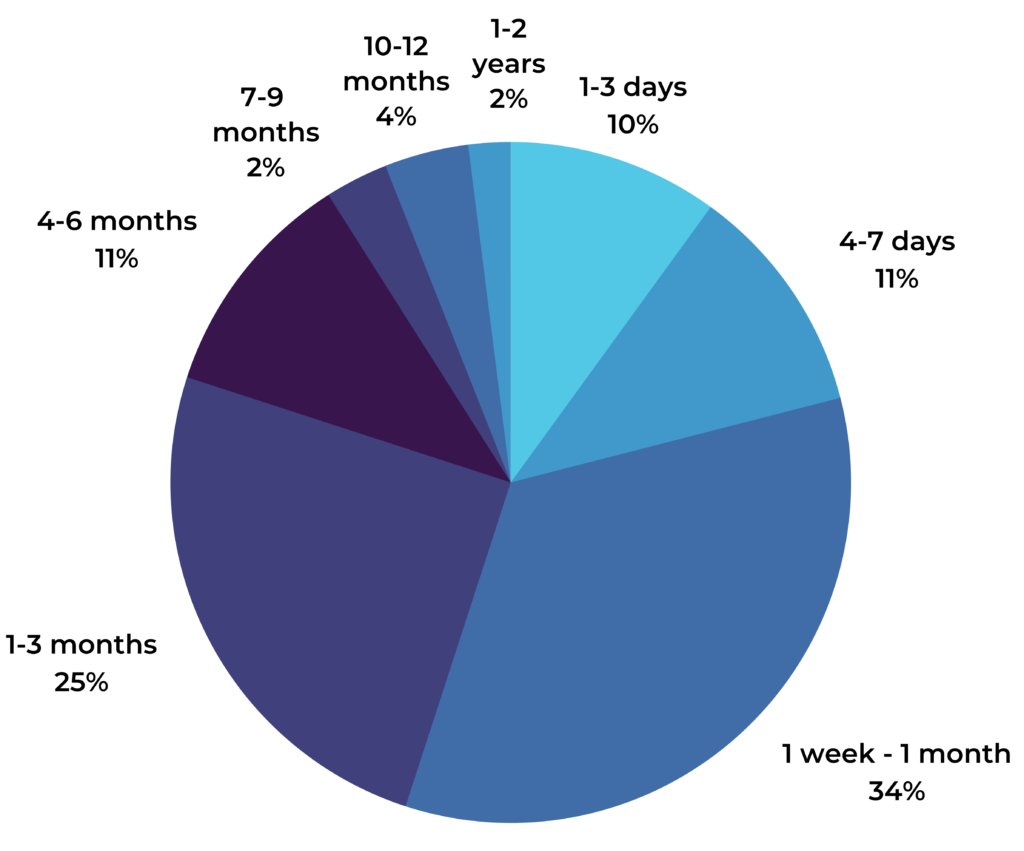
Clearly, recency matters. So be sure you have a collection strategy in place to ensure shoppers can always find fresh, recent review content.

As a customer centric business, you work hard to develop great products and experiences. So in an ideal world, all reviews your customers submit would be glowing. But the world isn’t ideal and even the best products attract negative reviews. And as it turns out, that’s OK. Shoppers seek out negative reviews to make informed purchase decisions. And displaying this content helps you build trust with shoppers.
Consumers Seek Out Negative Reviews
Today, a staggering 96% of consumers specifically seek out negative reviews at least sometimes, compared to 85% in 2018 and 82% in 2014.
And 69% always or regularly seek out this negative content. Interestingly, Millennial (38%) and Gen Z shoppers (38%) are more likely to indicate they always seek out negative reviews, when compared to Gen X (33%) and Boomer (28%) shoppers.
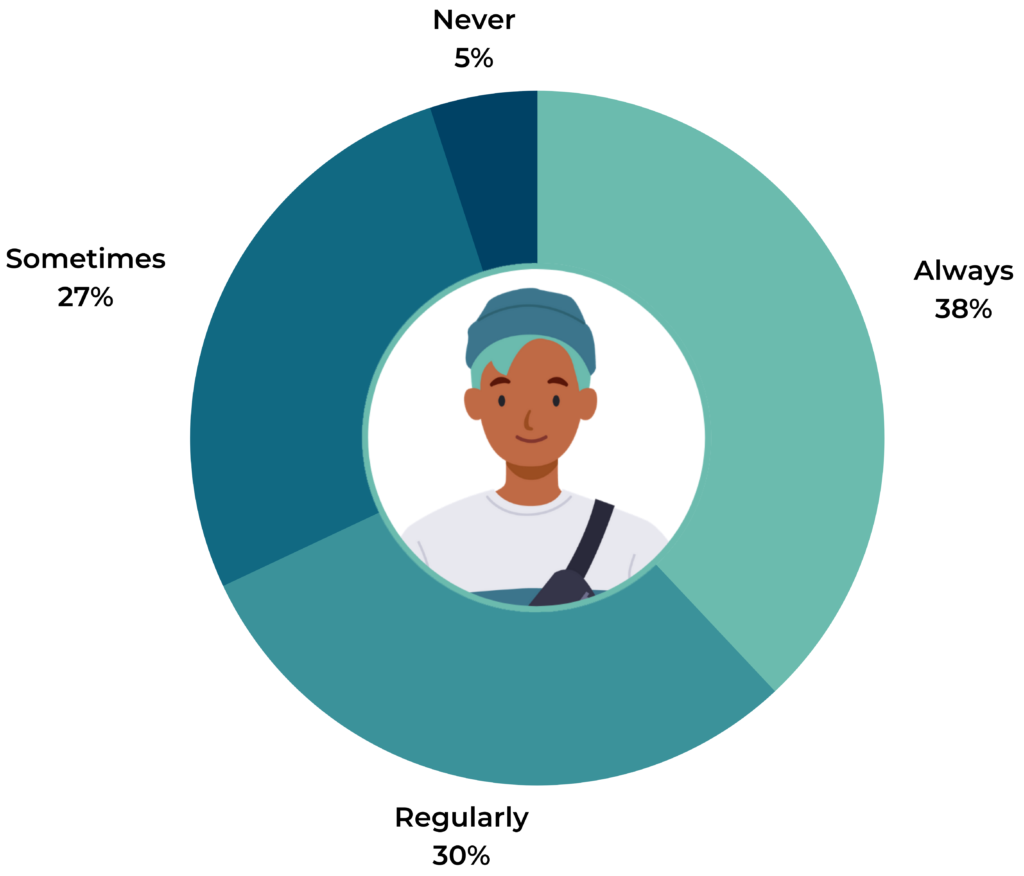
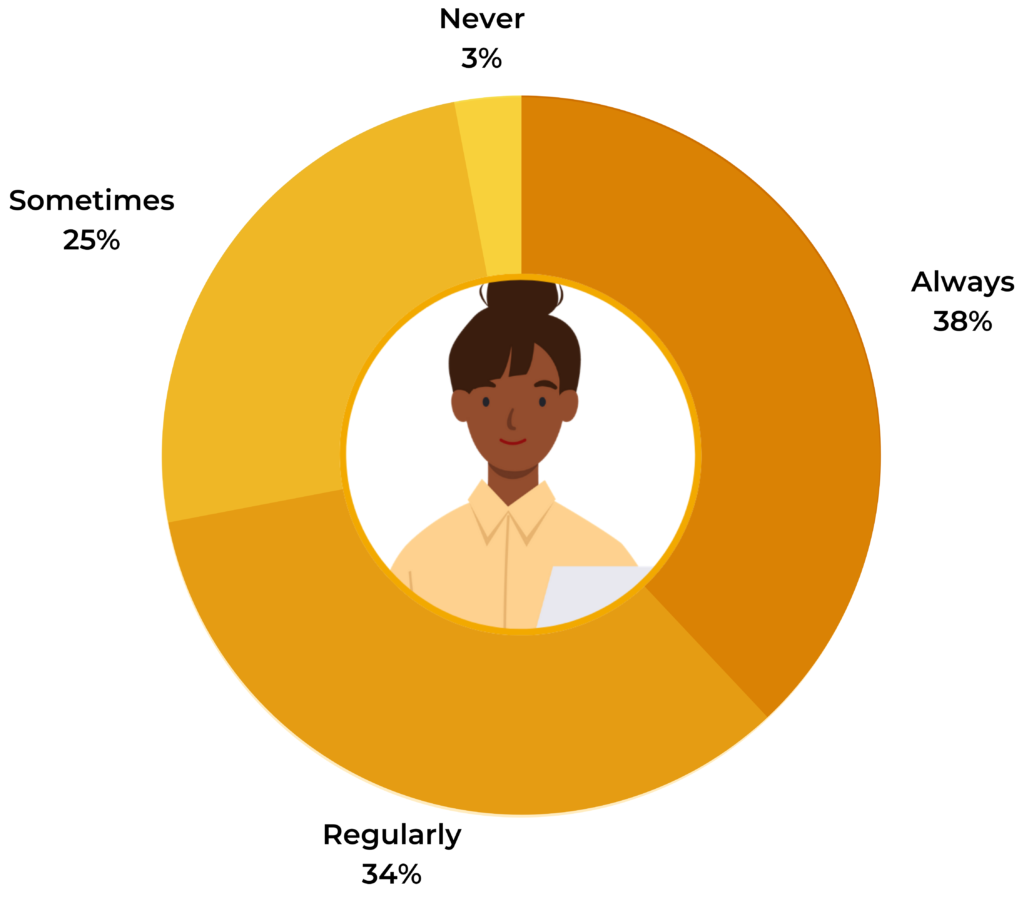
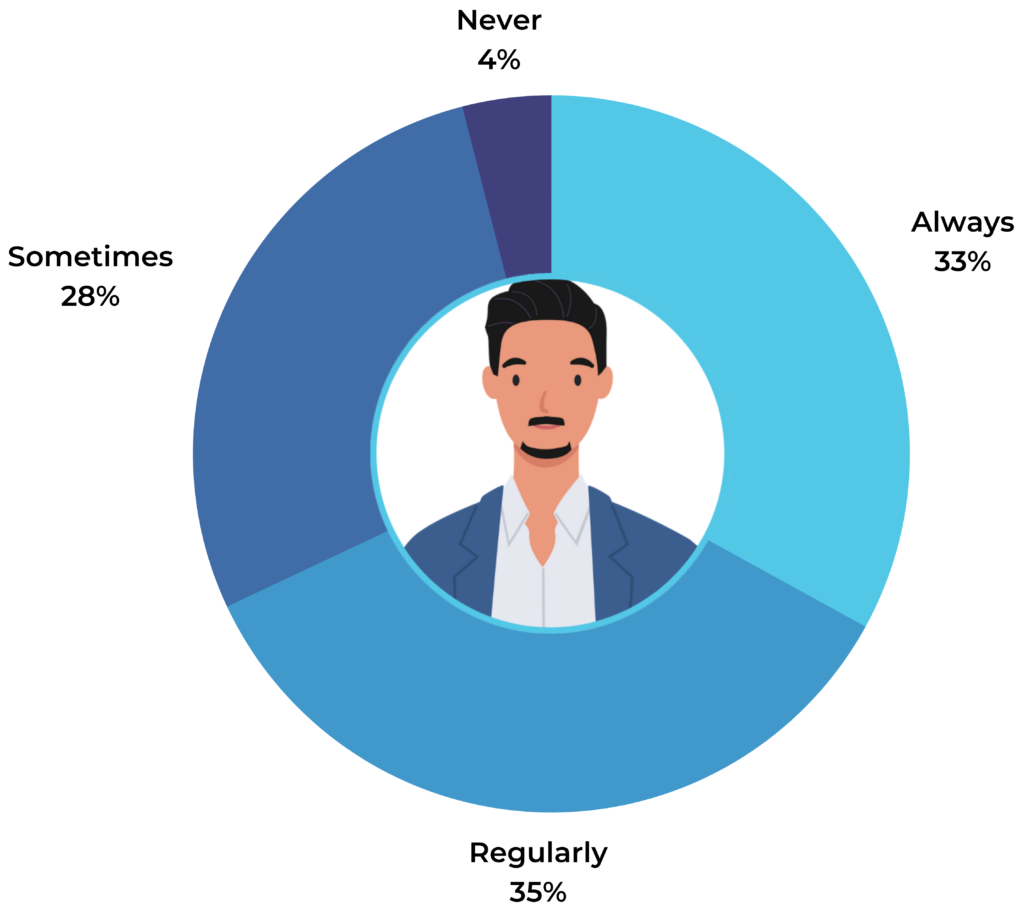
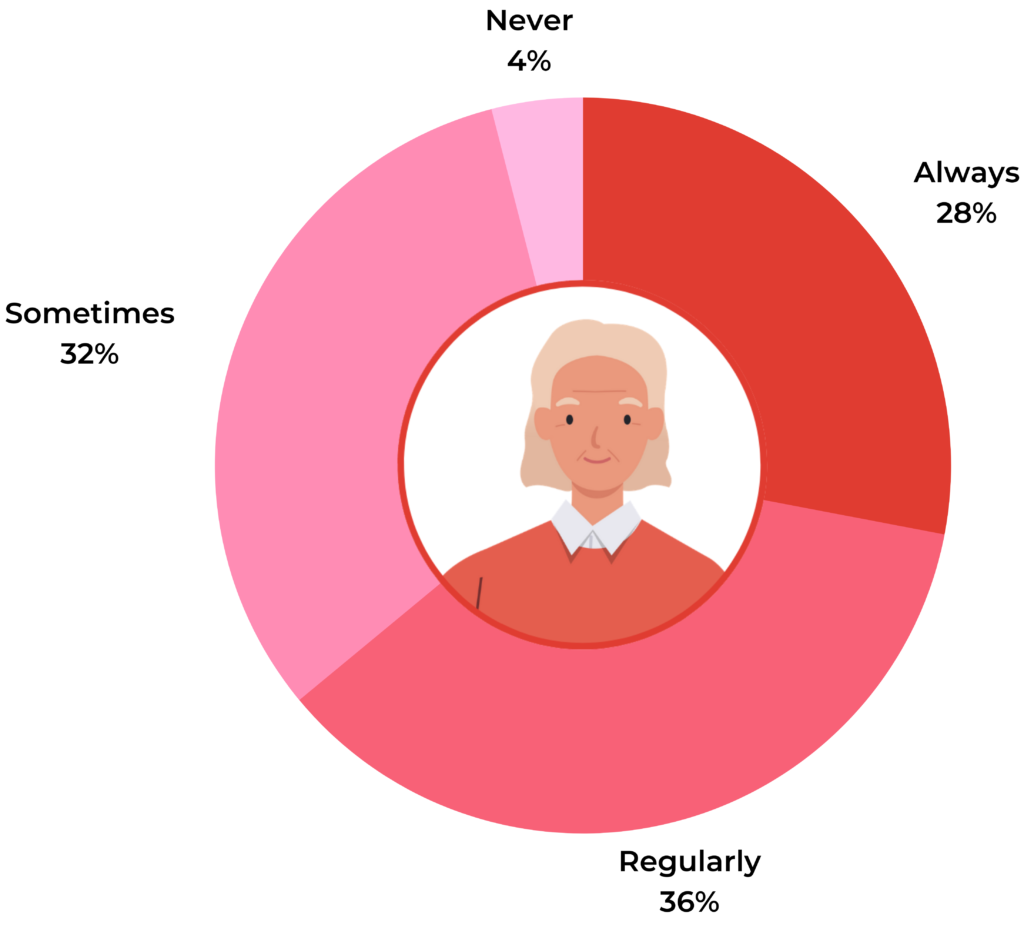
Nearly all shoppers seek out negative reviews to get a balanced look at what they can expect from a product. What’s more, over half (52%) of consumers explicitly look for one-star reviews.
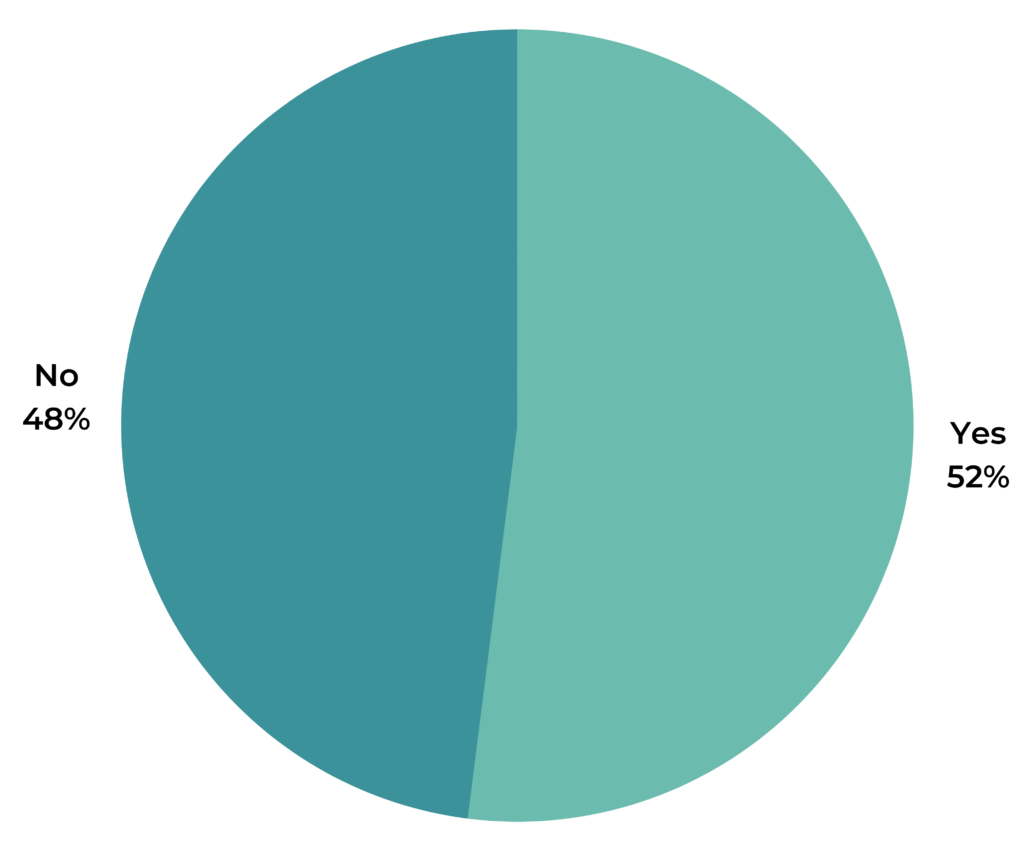
It’s worth noting that Millennials are the generation most likely to look for one-star reviews. 60% do so, compared to 40% of Boomers.
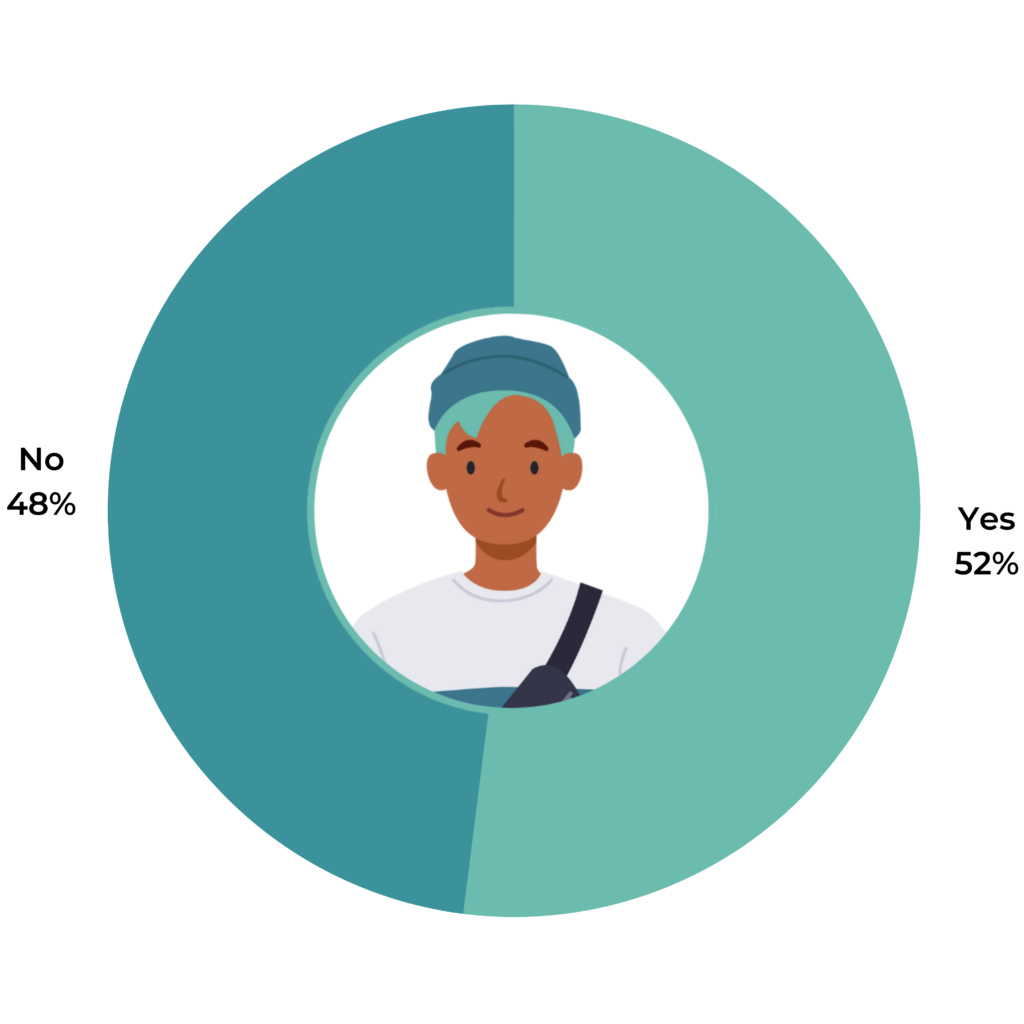
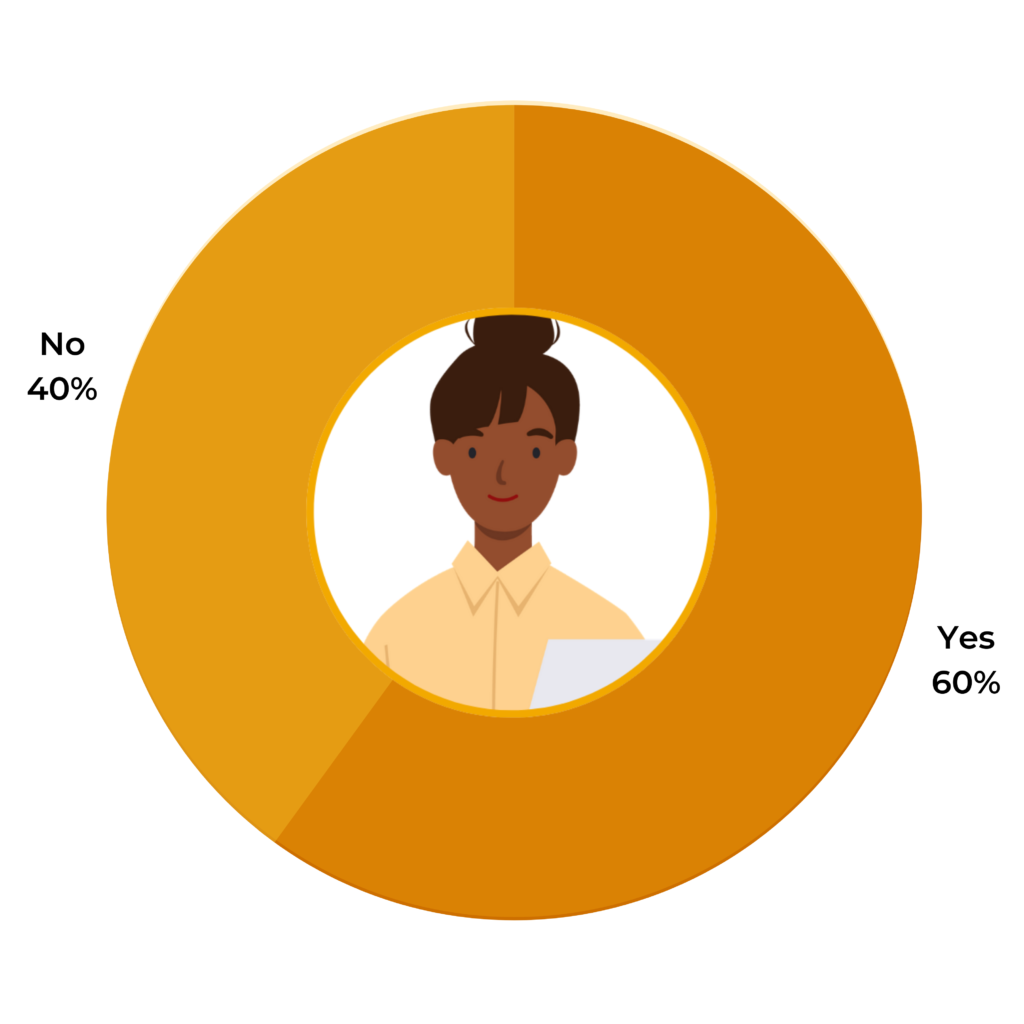
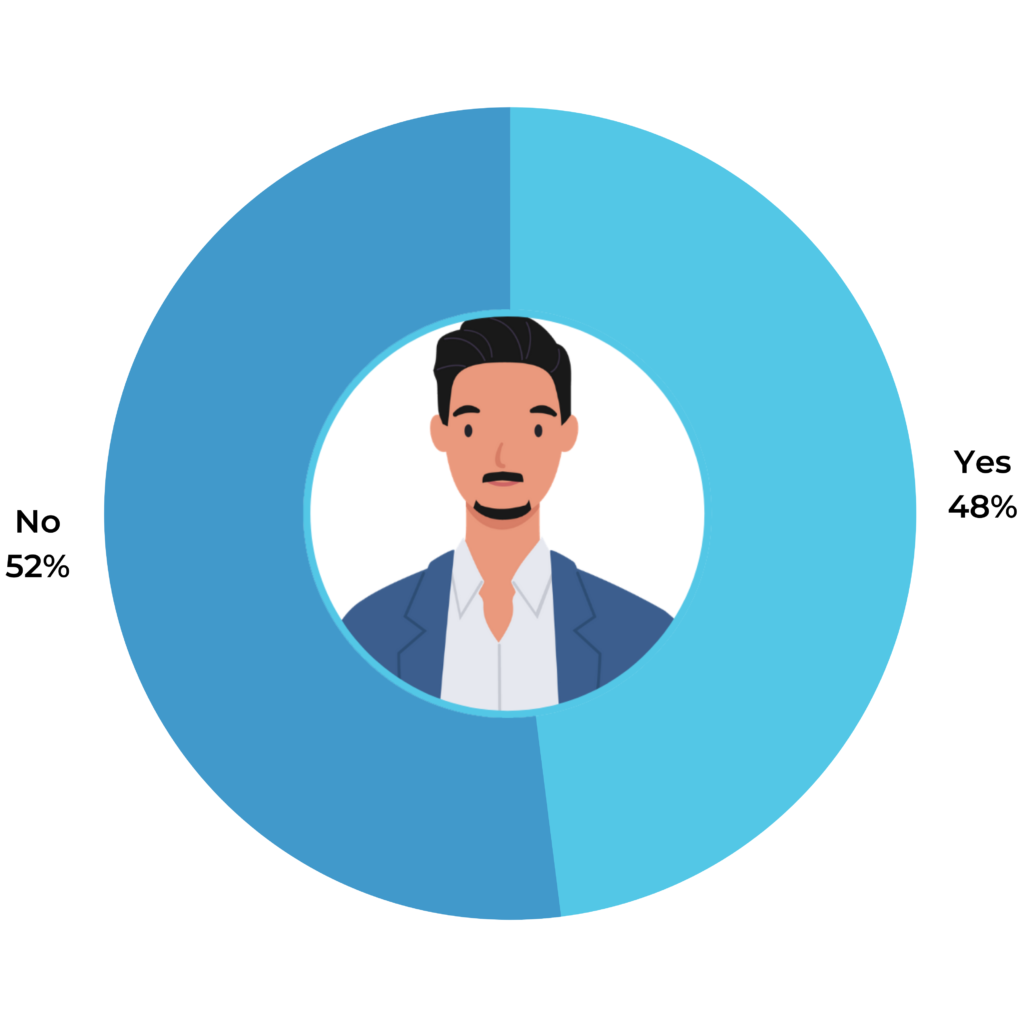
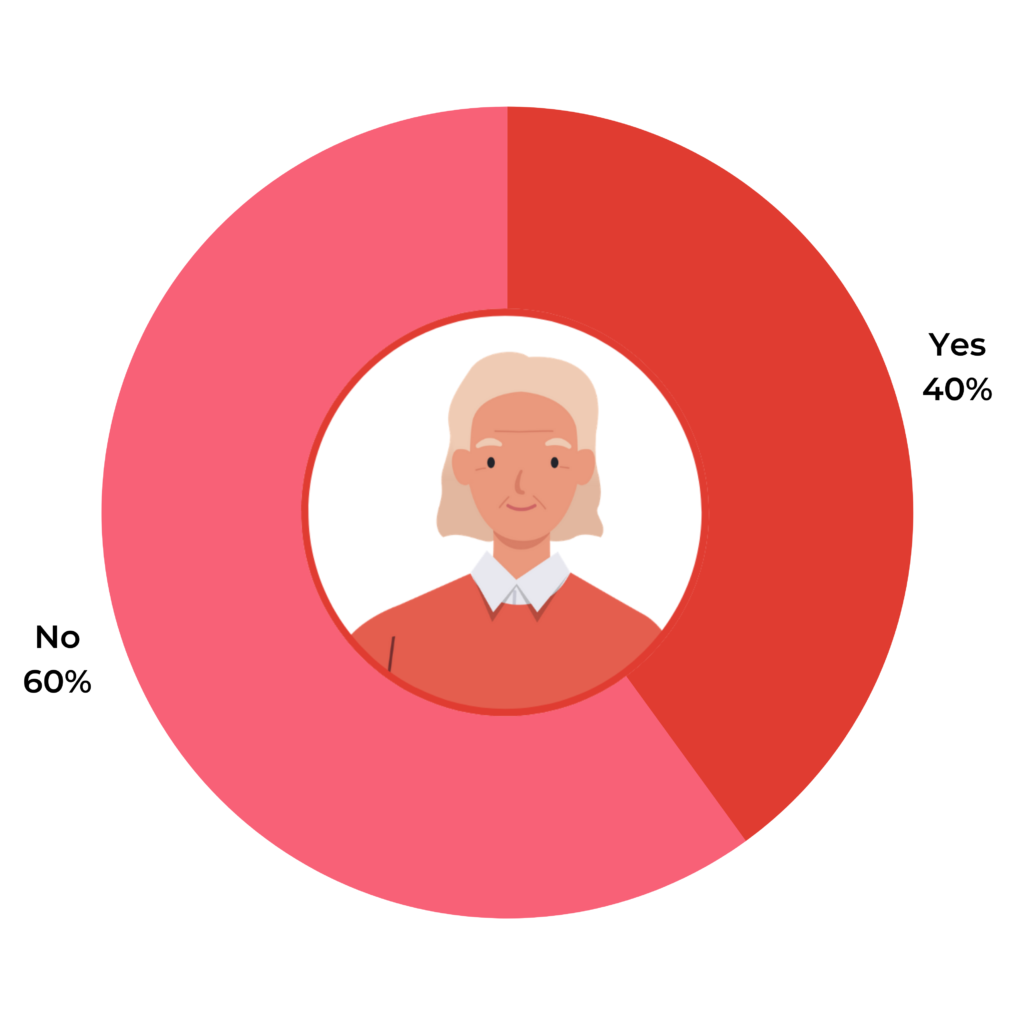
Remember: reading one-star reviews for a product won’t necessarily deter a shopper from making a purchase. In fact, if a customer determines the worst case scenario isn’t a concern, they may purchase the product anyway.
Case in point? Our recent analysis of the impact of various UGC features found that 62.4% of shoppers that interact with the star filter feature on a review display specifically filter to read only one-star content. And shoppers who do so still convert at a rate that’s 108.8% higher than the average page visitor!
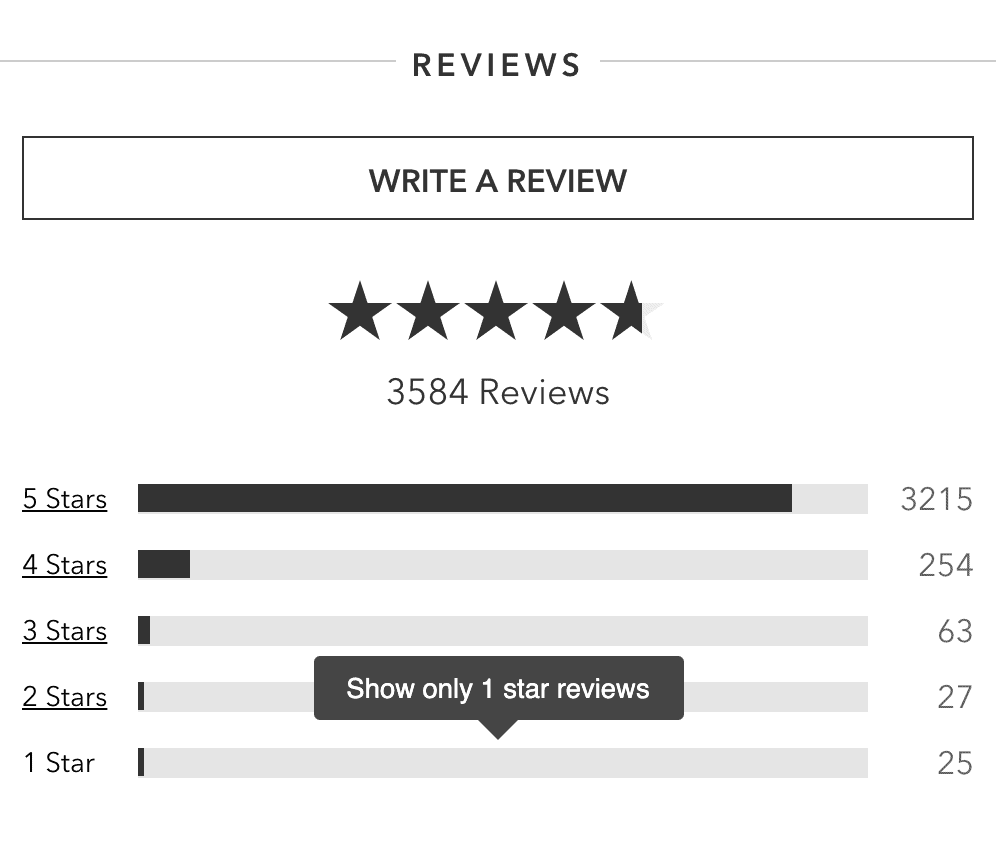
Negative Reviews Boost Trust
Our research with Northwestern University found that shoppers are most likely to purchase products with an average star rating between 4.2 and 4.5. That’s because a perfect star rating is perceived as too good to be true.
In line with this research, our most recent survey found that nearly half (46%) of consumers are suspicious of products with a perfect average star rating (five out of five). This number is even higher — 53% — among Gen Z shoppers.
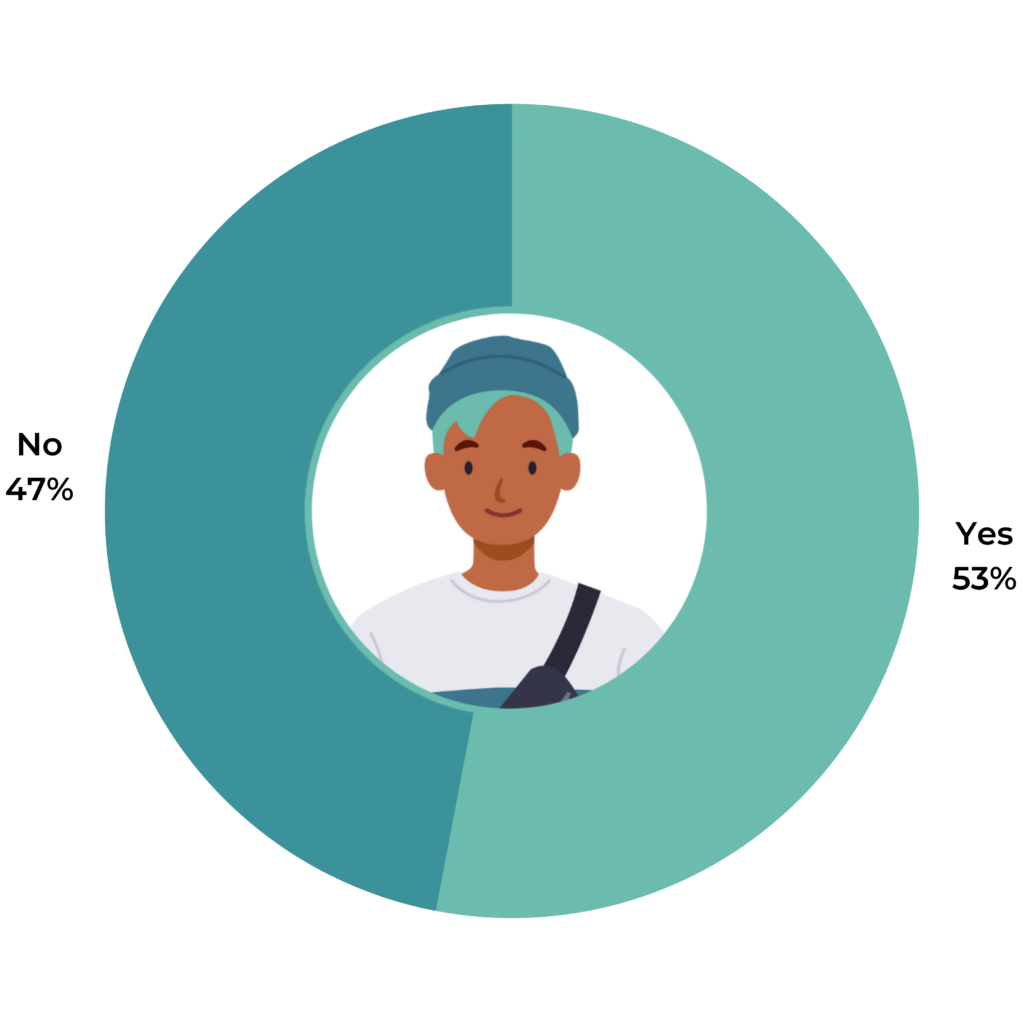
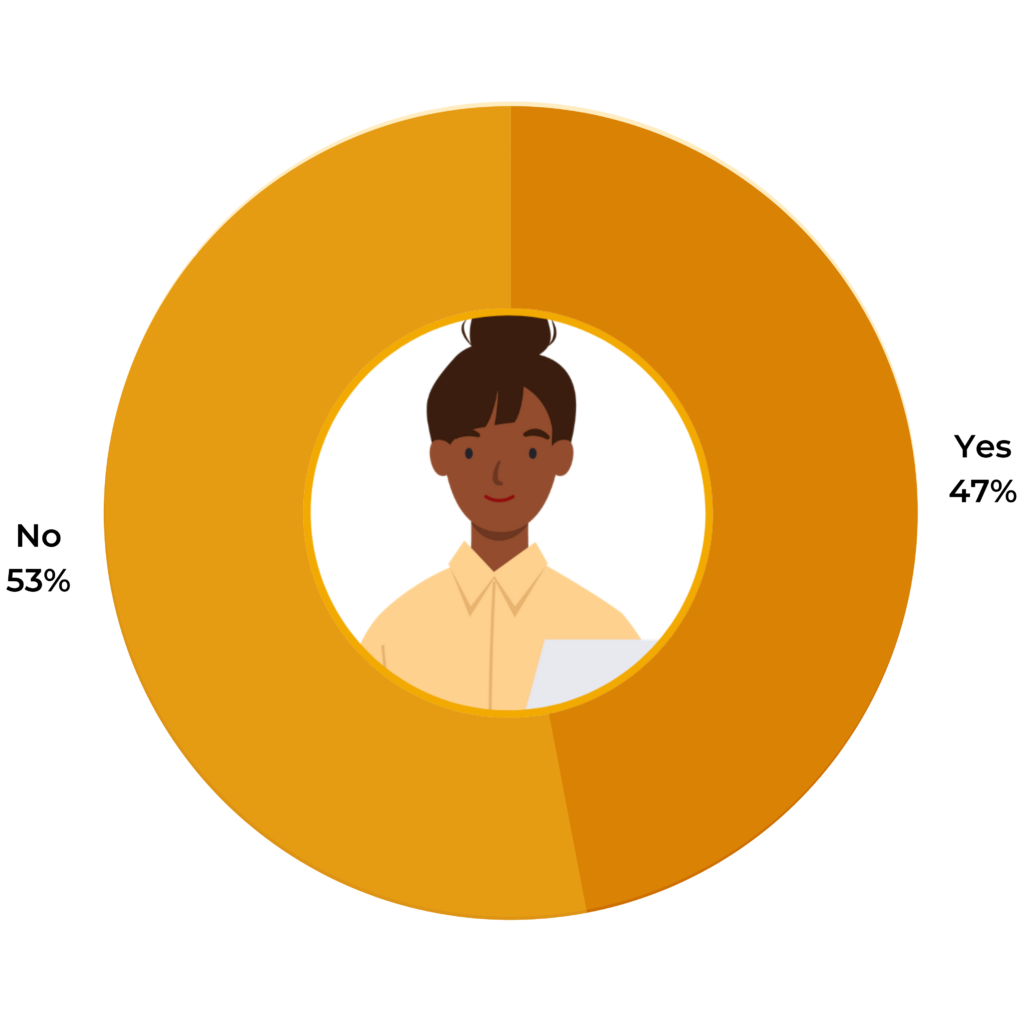
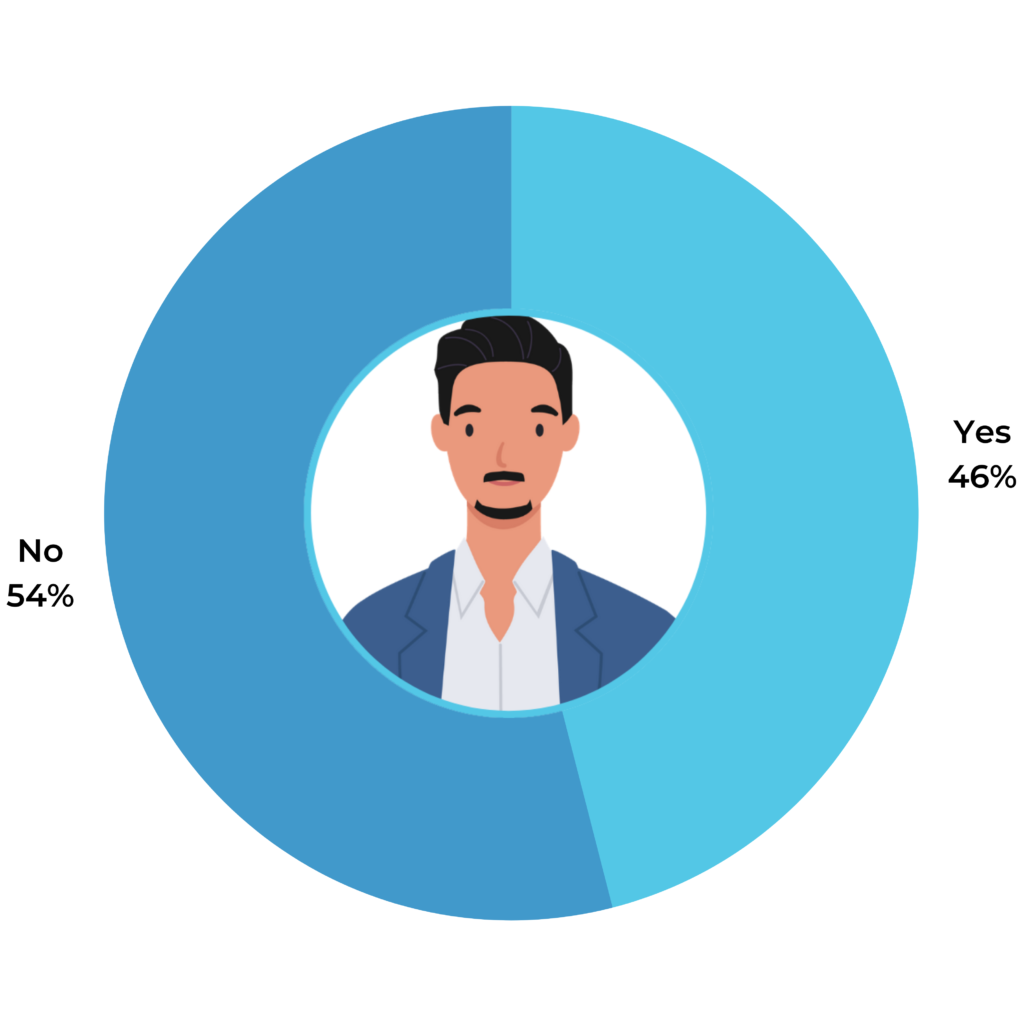
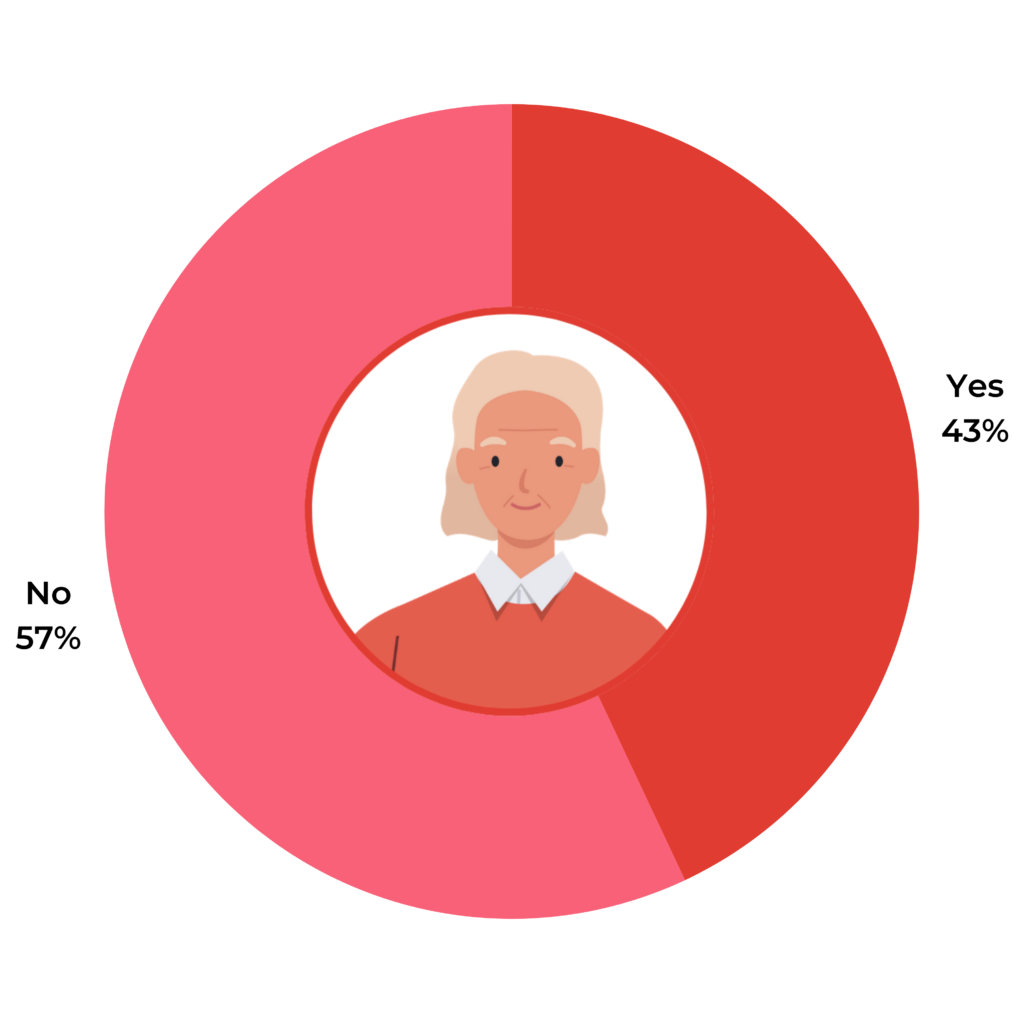
Resist the temptation to delete negative reviews. Consumers know that a product — no matter how good — can’t be all things to all people. By displaying negative reviews, you’re letting shoppers know you have nothing to hide. And that shows them you’re a brand they can trust.

Reviews were once a novel concept. But today, they’re an expected part of the purchase journey, whether a consumer is shopping online or within the four walls of a brick-and-mortar store. Brands and retailers must make it a priority to collect and display reviews. If they don’t, they’ll lose customers to businesses that do.
Here are our top six recommendations based on the key findings of this report.
Solicit Reviews from Your Customers
Today, nearly all shoppers consult reviews when shopping online, and over half (57%) do so when they’re shopping in brick-and-mortar stores. Make collecting reviews from your customers a priority. The most effective way to do this is to send emails to your customers post-purchase, asking them to write reviews for the products they bought.
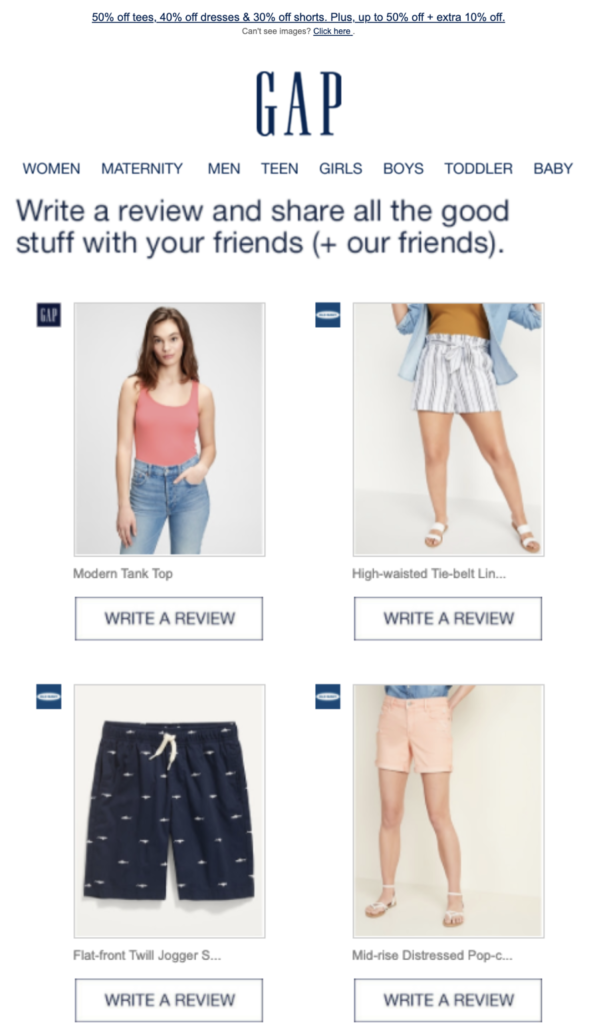
Remember: review quantity and recency are both important to shoppers. So be sure to collect a steady stream of reviews so your customers can always find a high volume of fresh content. If you have products in need of reviews, product sampling is an effective way to generate this content.
Finally, ensure you have plenty of reviews for high priced items in your product catalog. After all, 80% of consumers say they read more reviews when they’re shopping for an expensive product.
If you’re looking for more guidance, our Guide is packed full of tips on how to generate more reviews.
Prominently Showcase Reviews
79% of shoppers specifically seek out websites with product reviews. So make it easy for your shoppers to find and interact with review content on your website — regardless of the device they’re using to shop. A best practice is to include a review “snippet” at the top of each product page that offers an overview of available review content — including the average star rating and review quantity. Shoppers can then click on this snippet to read, sort and filter review content.
Here are some ideas on how to leverage your review content in your own marketing.
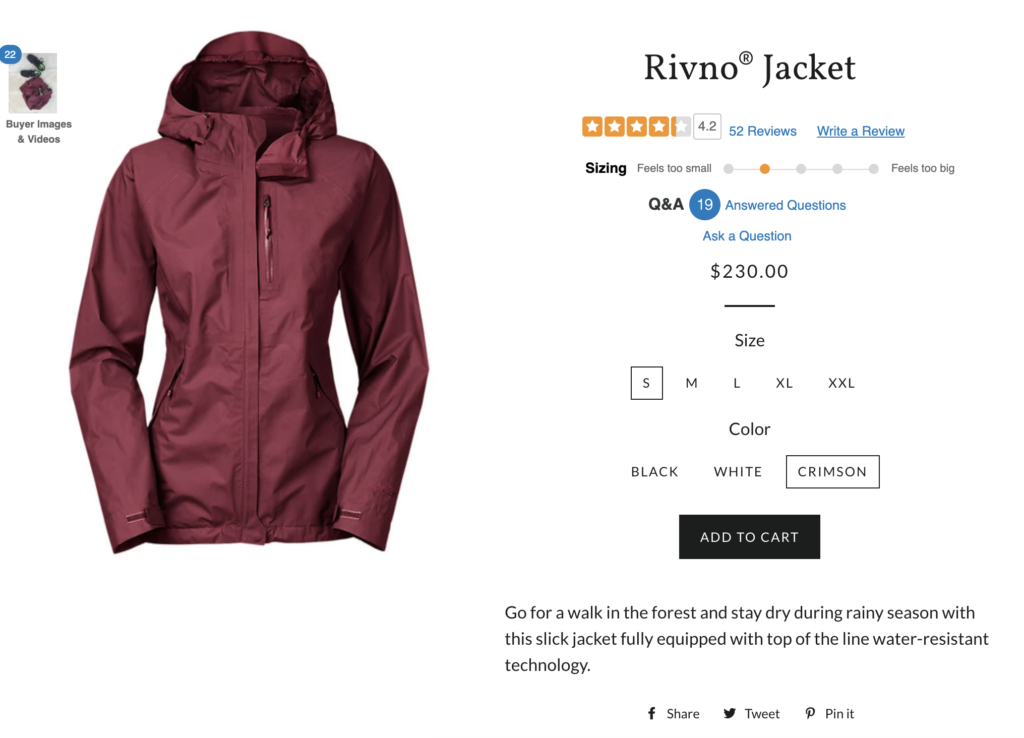
Optimize Your Review Display
Shoppers particularly value certain review display features — including the ability to search existing content and filter on one-star reviews. And a previous analysis also tells us that those who interact with these features convert at a higher than average level.
So consider adding these features to your review display. Then, measure the impact and optimize accordingly.
The key is absorbing and acting on what your data tells you. Our analysis on the conversion impact of different review display features is a good place to start though.
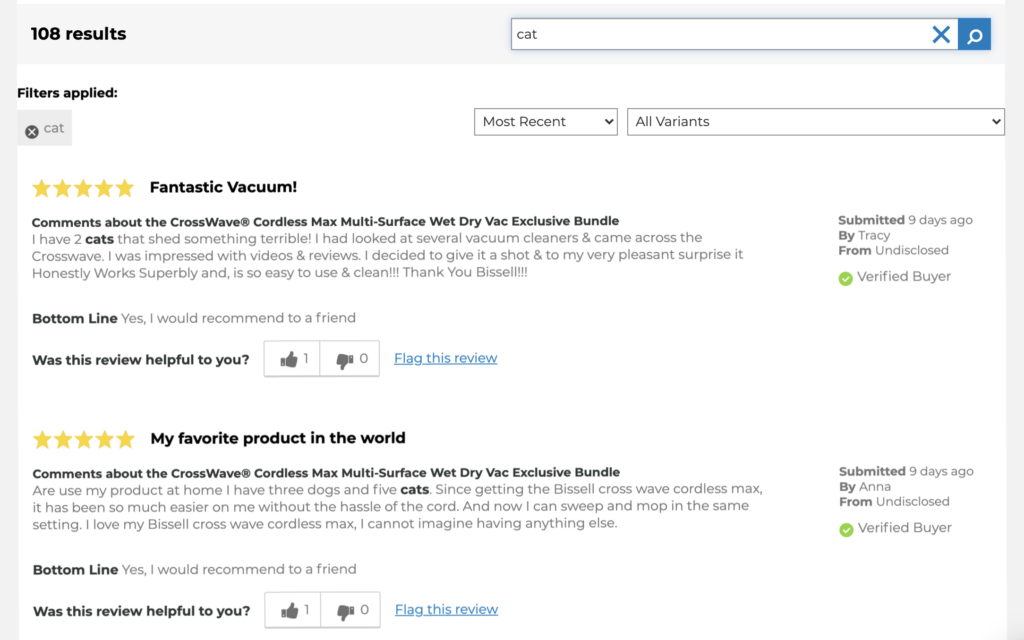
Share Review Content Across Channels
Amazon, retailer and brand sites are top places shoppers seek out review content. And shoppers expect to find reviews — regardless of where they shop for your products. If you’re a brand, ask your ratings and reviews provider if it’s possible for the reviews that you collect on your own dot com to be shared to your key retail partners and Amazon. If you want to learn more about syndication, our Complete Guide to Ratings & Reviews has an entire chapter on this topic.
Embrace Negative Reviews
Today, 96% of consumers seek out negative reviews. This content allows them to understand the worst case scenario — and determine whether it’s something they can live with. So resist the urge to hide negative reviews. Displaying this content can help you build trust with your shoppers — and drive sales. Check out this blog for ideas on how to best leverage negative reviews.
Analyze Reviews to Uncover Actionable Insights
Reviews are a rich (yet often untapped) source of insights that can help you identify ways to better serve your customers. Analyze your review content regularly to find ways to improve your products and experiences.
Your ratings and reviews provider should provide an analytics platform that makes it easy to uncover insights — and take action on them in ways that’ll positively impact your business. Here’s more on why and how analysis should be an integral part of your Ratings & Reviews program.









